Key Takeaways
- D5 Render cut rendering times to just minutes and streamlined revisions by ~50%, enabling AMODA’s single 3D artist to support a 15-person design team and manage 3–4 projects weekly.
- Realistic, high-quality renders built stronger client trust, shortened approval cycles, and fueled marketing content—driving AMODA’s rapid expansion to 500+ units across 15 cities.
- Beyond software, AMODA benefits from D5’s responsive support, frequent updates, and active learning ecosystem, creating a partnership that empowers continuous growth and innovation.
Studio Overview
- Location: Indonesia
- Team Size: 15 designers + 1 dedicated 3D artist
- Studio Type: Prefabricated & modular construction company
- Project Types: Prefabricated modular units, custom construction, marketing galleries, hospitality cabins, land activation projects
- Modeling Tools: SketchUp and Revit
In Indonesia’s fast-growing construction landscape, AMODA has carved a unique position by championing prefabricated and modular buildings. Their mission is clear: to make construction efficient, transparent, and stress-free. With over 500 units deployed across 15 cities, AMODA caters to a diverse set of clients in retail, hospitality, and real estate.
Yet, as their business expanded, so did the challenge: how to communicate modular designs effectively to clients, speed up approvals, and keep up with growing demand. The answer came through a combination of technology and people—when AMODA adopted D5 Render.
The Challenge Before D5 Render
Visualization is central to AMODA’s process. Their products—ranging from ErgaPods and ErgaHuts to larger custom constructions—are not only buildings but also marketable solutions. Clients need to see, feel, and trust the design before committing.
Previously, AMODA relied on SketchUp for modeling and other software for rendering. While functional, their rendering software proved to be:
- Expensive for scaling across multiple users.
- Heavy and inefficient, slowing down revisions.
- Poor for collaboration, creating bottlenecks where the 3D artist had to re-render everything.
This limited AMODA’s ability to scale their project capacity and threatened to slow down their ambitious growth trajectory.
The Turning Point: Adopting D5 Render
Bagastura Narayana, AMODA’s 3D artist, brought with him years of experience using D5 Render. He quickly saw how D5 could align perfectly with AMODA’s DNA of efficiency.
Ease of Adoption
Within weeks, the design team adapted to D5 thanks to its intuitive UI and the wealth of tutorials available, both from the official team and the wider community. This accessibility meant that even those with little rendering background could begin producing visuals quickly.
Collaboration
With D5, architects were empowered to take over minor revisions themselves without depending entirely on the 3D artist. This distributed workflow reduced bottlenecks and allowed each team member to contribute more directly to the visualization process.
Speed
What once took hours to render could now be completed in just three to four minutes. This dramatic reduction in rendering time not only accelerated delivery but also encouraged more iterations, leading to improved design outcomes and faster client approvals.
Smooth Migration
The transition from other software to D5 proved effortless. Bagas guided the team through the change, and thanks to D5’s simplicity, there was no steep learning curve. The shift reinforced confidence within the team that they could achieve high-quality visuals without disruption to their workflow.
“The keyword for AMODA is efficiency—and D5 enables exactly that.” – Bagas, 3D Artist, AMODA

Workflow Transformation with D5
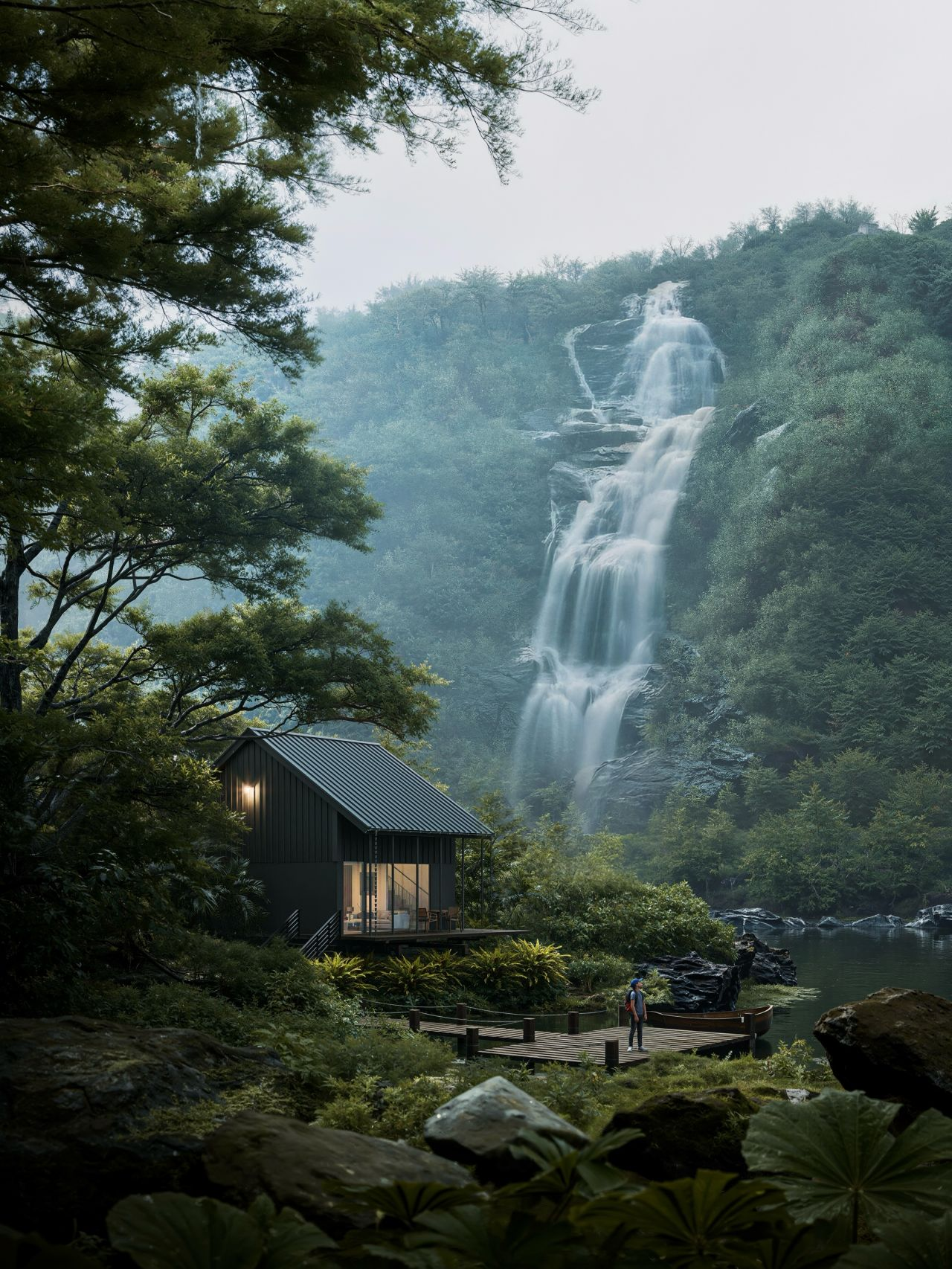
Two Approaches to Workflow
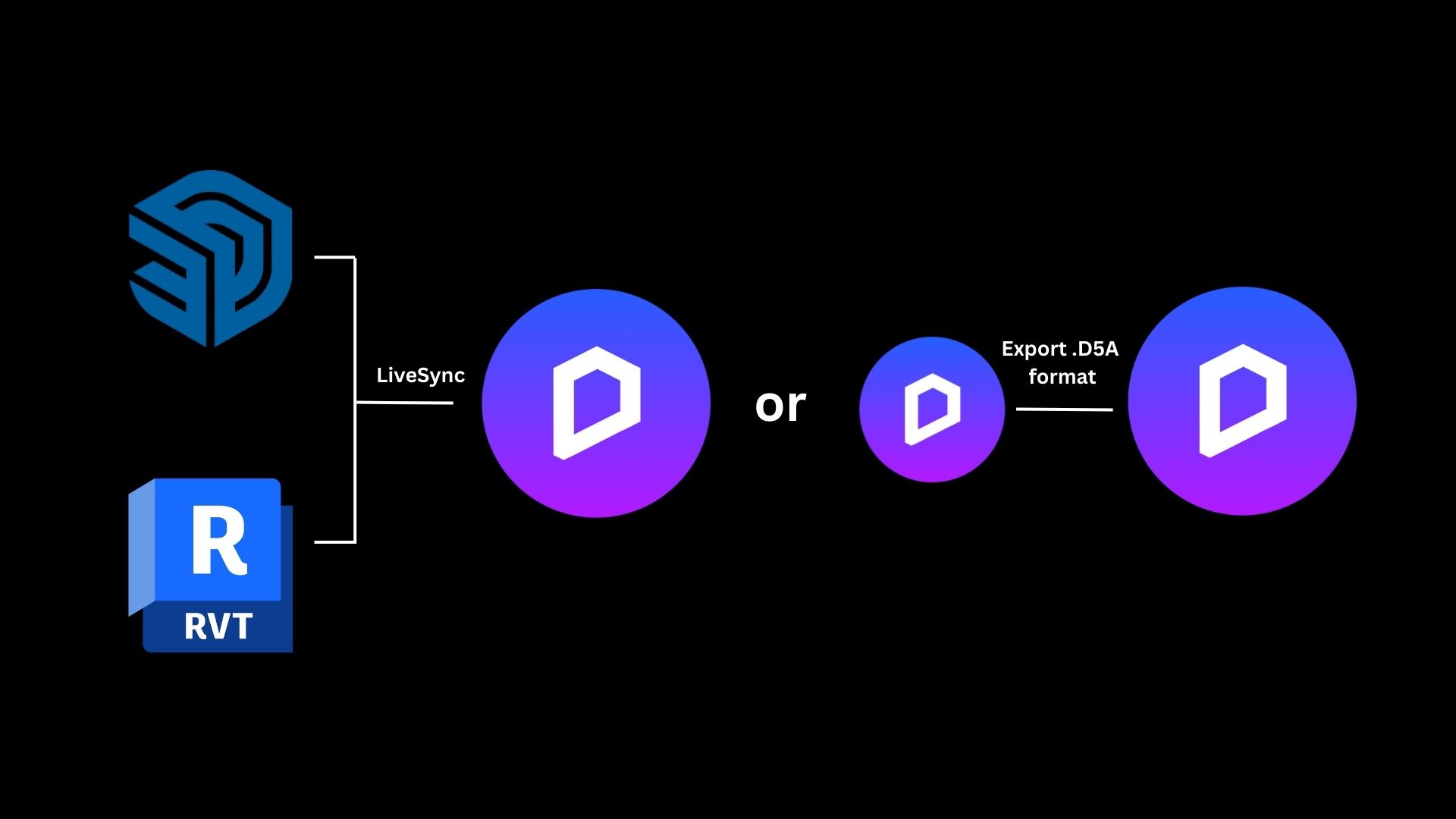
AMODA integrates D5 into its pipeline in two complementary ways. For larger, custom projects where updates are frequent, the team relies on LiveSync from SketchUp or Revit into D5. This ensures real-time synchronization and immediate visualization of design changes. For smaller modular products such as ErgaPods or ErgaHuts, the team often chooses to export into .DSA format before importing into D5. This approach makes it simple to manage design options, reload revisions, and deliver content quickly for marketing catalogs.
Template-Driven Efficiency
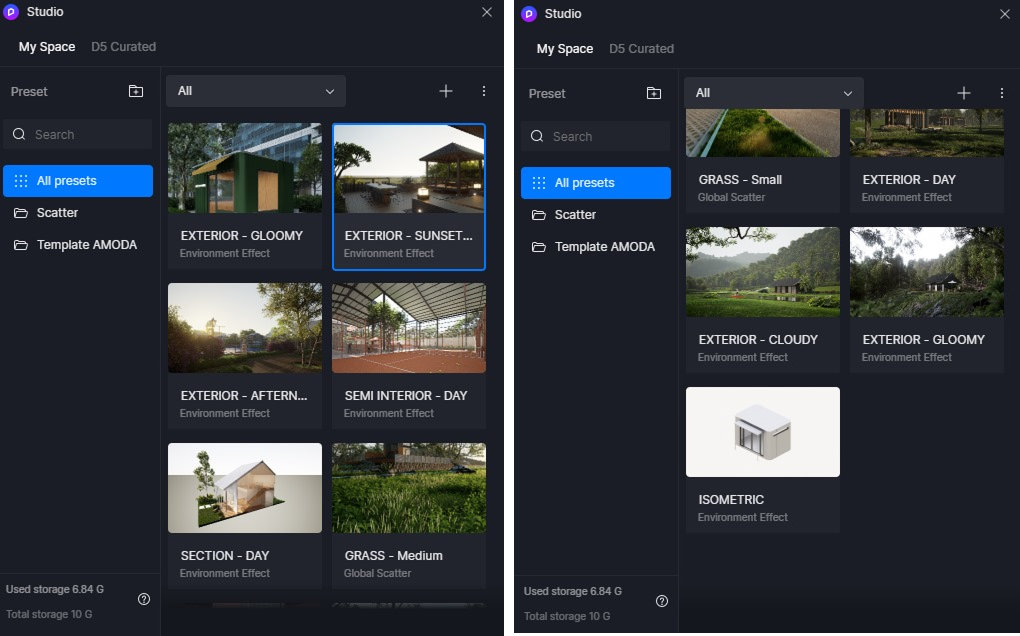
Bagas maintains a growing library of D5 presets—day/night lighting rigs, weather/atmosphere looks (tropical, urban, coastal), camera systems (hero shots, close-ups, isometrics), and material profiles tuned for AMODA’s products. Each project starts by cloning a template (.D5A or LiveSync scene) so the baseline mood, exposure, and post‑production stack align with brand guidelines. The team also follows naming conventions and versioned scenes so architects can pick up, reload, and re‑render without altering global settings. This lowers ramp‑up time for non‑3D specialists and keeps visuals consistent across catalogs, web, and proposals.
Parallel Workflows
Once a scene is templated, ownership is shared. Bagas acts as the “quality gate”—he performs the initial setup of environment, materials, and the post stack—then hands the .D5A file to architects. They update geometry in SketchUp/Revit, re‑export or LiveSync, and simply reload in D5 to generate new stills or animations. Because the 3D Artist doesn’t need to reopen and re‑render every change, he can move on to the next project while architects handle updates themselves. This eliminates the classic 3D bottleneck and allows multiple projects to move forward simultaneously, even with just one 3D artist supporting a 15‑person design team.
Time Savings
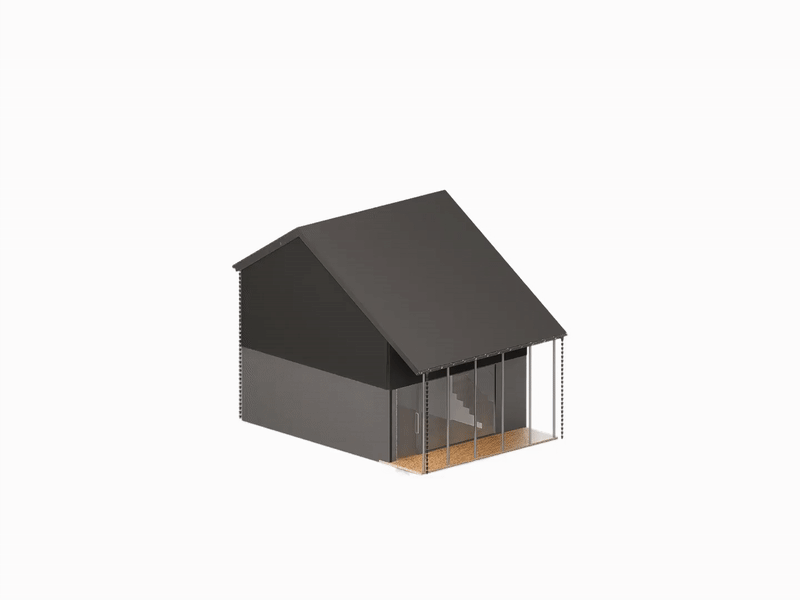
Compared to the previous toolchain, per view rendering now takes 3–4 minutes and revision cycles are roughly 50% faster. The team reports fewer visualization‑related revisions (most feedback is design‑only), steadier throughput (Bagas handles 3–4 projects/week), and faster marketing turnarounds (e.g., rebuilding the website’s product imagery in ~1 month). Net effect: higher output without additional headcount and more predictable timelines for clients.
Business Growth Powered by Visualization
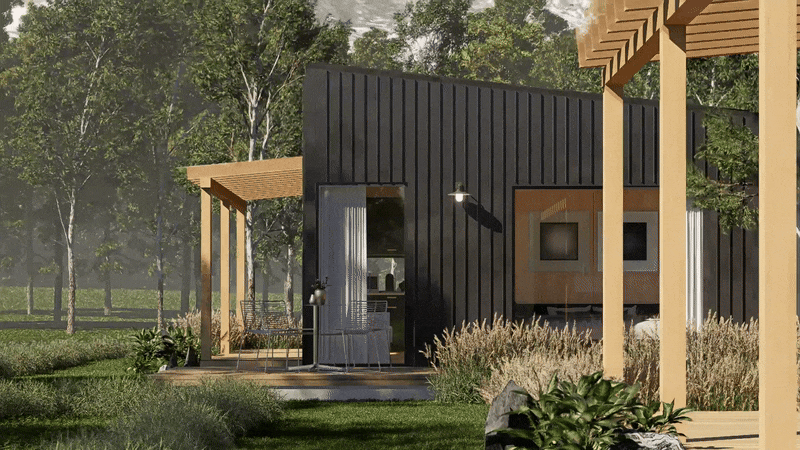
The shift to D5 didn’t just improve efficiency—it drove measurable business growth and tangible results.
Client Trust and Faster Approvals
Realistic renders meant clients approved designs faster, often within just one revision. This speed built trust and confidence, reducing lengthy back‑and‑forth cycles. Clients are happier overall—with faster approvals, fewer revisions, and more trust—making visualization a key driver of AMODA’s scalable business model that supports rapid expansion.
Faster Cycles and Delivery
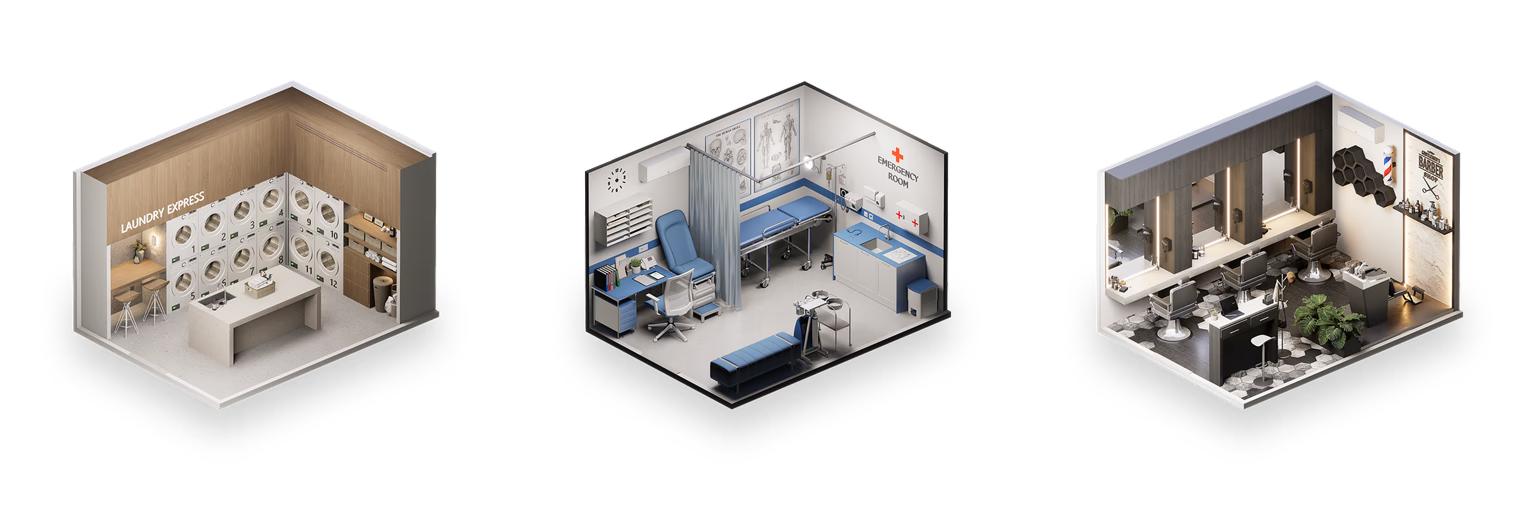
AMODA's workflow is roughly 50% faster and Bagas can handle 3–4 projects per week, proving the efficiency gains also strengthen overall project delivery capacity. They also rebuilt the entire website and catalog visuals in just one month—a feat only possible with D5’s speed. Marketing campaigns and product catalogs now launch faster and with higher visual impact.
Cost Savings and Brand Credibility
By reducing reliance on outsourcing, AMODA cut costs while strengthening its brand image. High‑quality renders enhanced credibility with major clients like Janji Jiwa, Blibli, and Sepatu Compass.
Visualization has become both a sales tool and a design enabler, helping AMODA close deals and scale confidently.
Beyond Software: The People and Community Behind D5
For AMODA, D5 Render’s value isn’t just in the software—it’s in the team and community that support it.
- Responsive support: When he encountered an issue importing animations from Blender in early versions, D5’s team replied quickly with solutions.
- Frequent updates: D5 consistently introduces features requested by users—like AI material enhancer, vegetation tools, and 3DS/FBX imports.
- Learning ecosystem: With tutorials from D5 and the broader user community, AMODA’s architects quickly became comfortable with rendering tasks.
“I’ve tried almost every rendering engine. The difference with D5 is that it really listens to its users and grows with them.”
This sense of partnership gives them confidence that D5 will continue to evolve alongside their needs.
Conclusion
For AMODA, D5 Render is more than just a rendering engine—it is a growth enabler. By combining cutting-edge software, responsive people, and a supportive community, D5 empowers AMODA to design, sell, and build faster than ever before.
Together, they are proving that the future of construction in Indonesia can be efficient, transparent, and exciting.
🌟 Your Work Deserves the Spotlight
Has D5 transformed how you design, present, or collaborate? Turn your D5 Render project into a story that inspires designers around the world! Share your journey—and let the world see what’s possible.
By submitting your project, you could:
✅ Be featured in a global case study seen by thousands
✅ Co-host a D5 webinar and showcase your expertise
✅ Speak at official D5 events and elevate your industry presence
This is more than a feature—it’s your chance to grow your voice, build your brand, and inspire a global design community. Share your stories here.

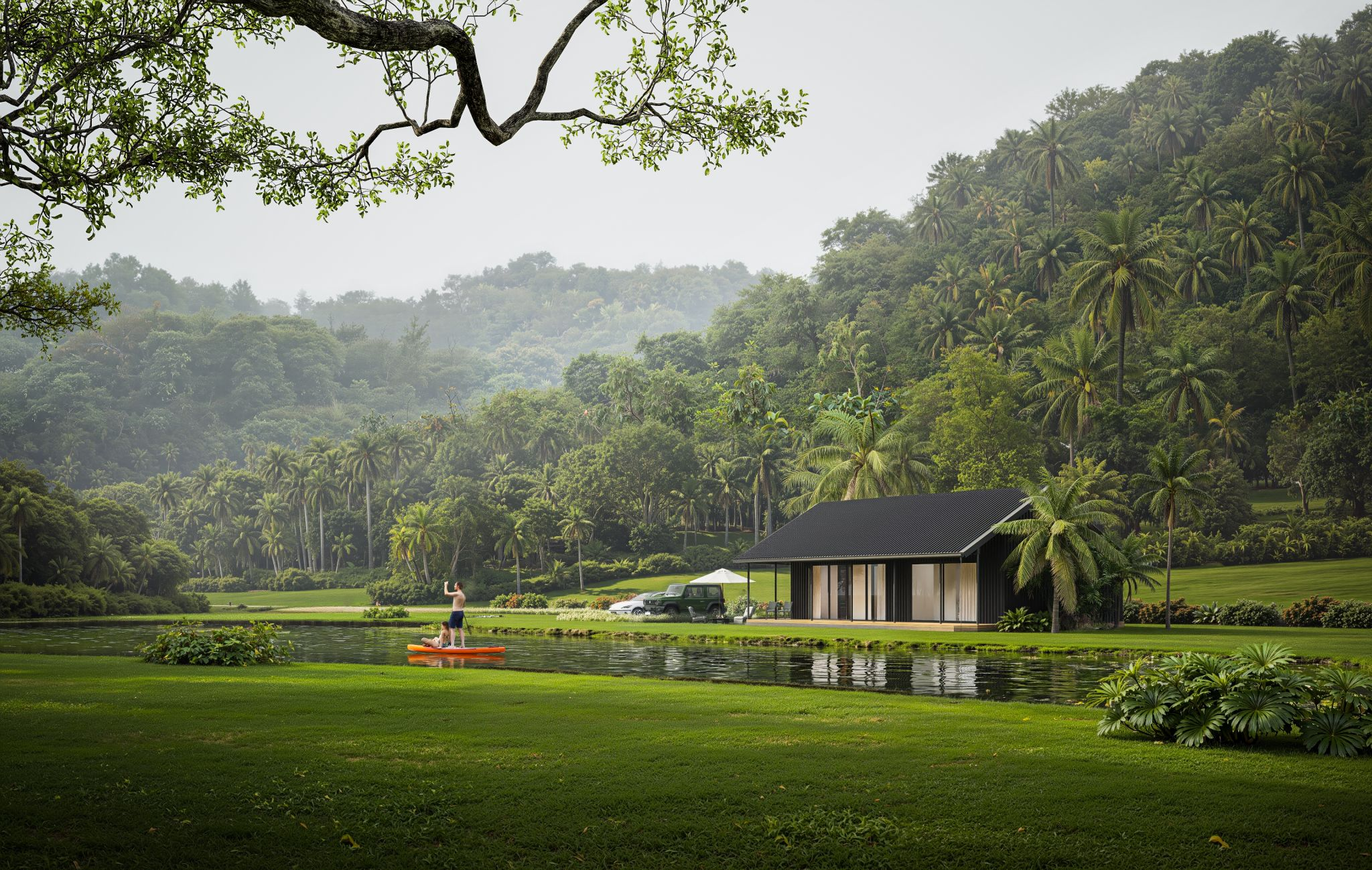


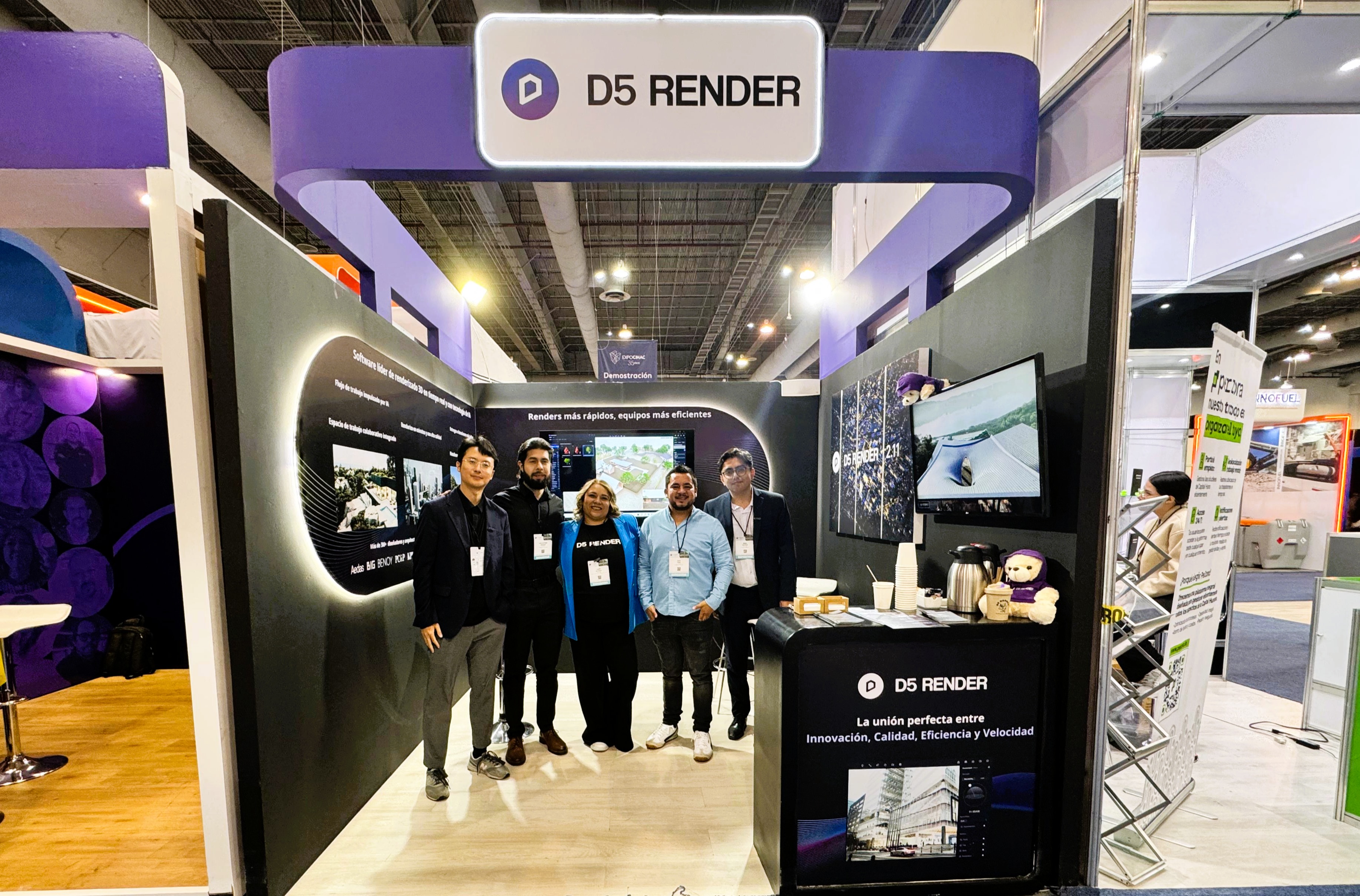
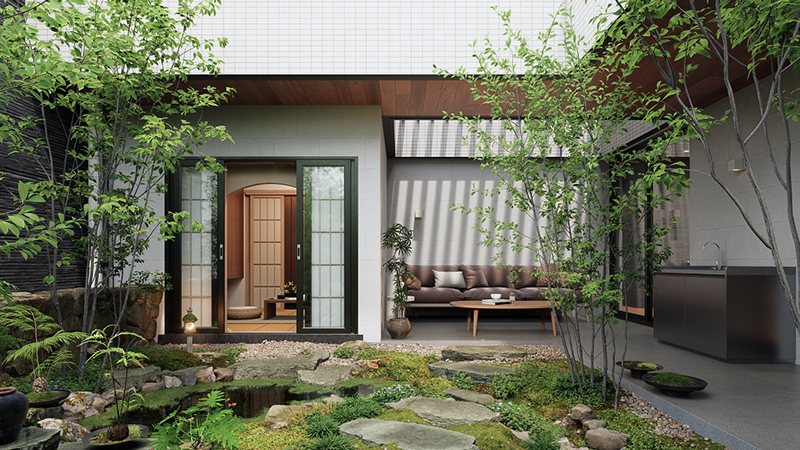
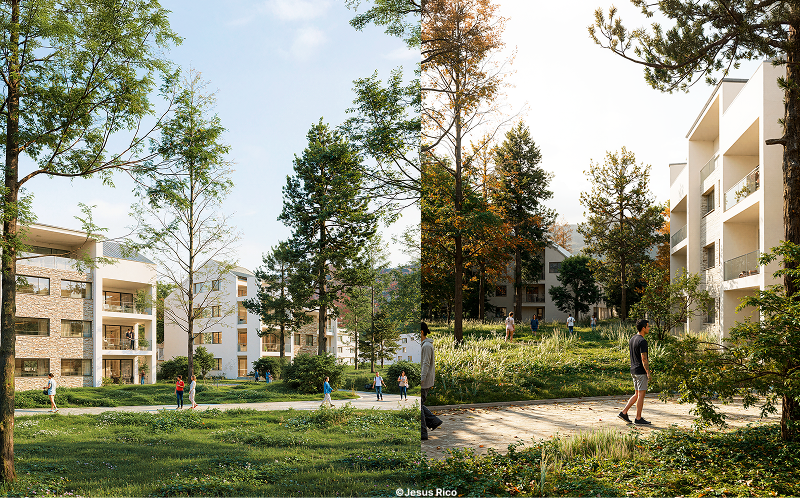
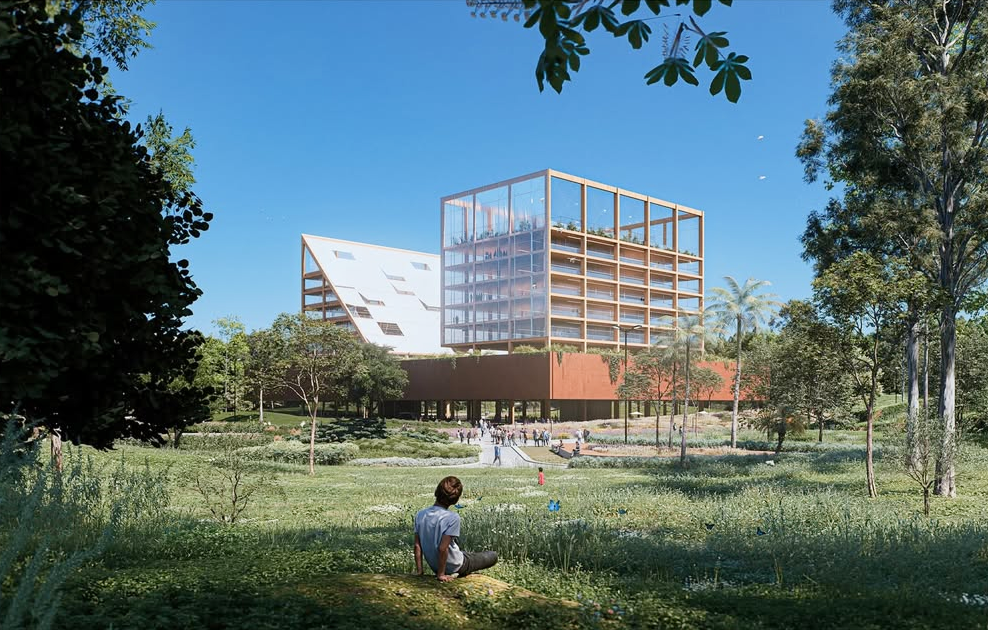
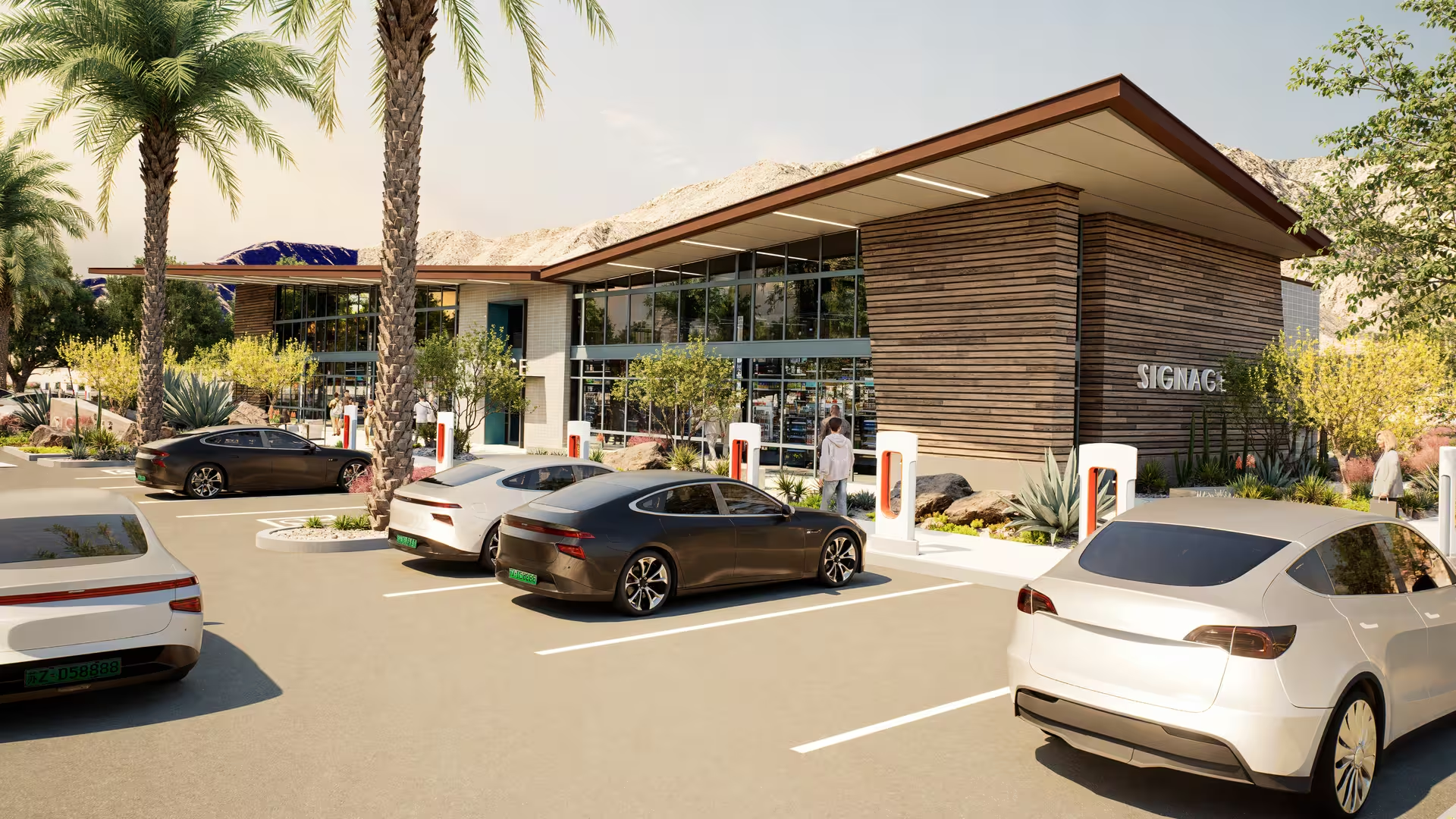

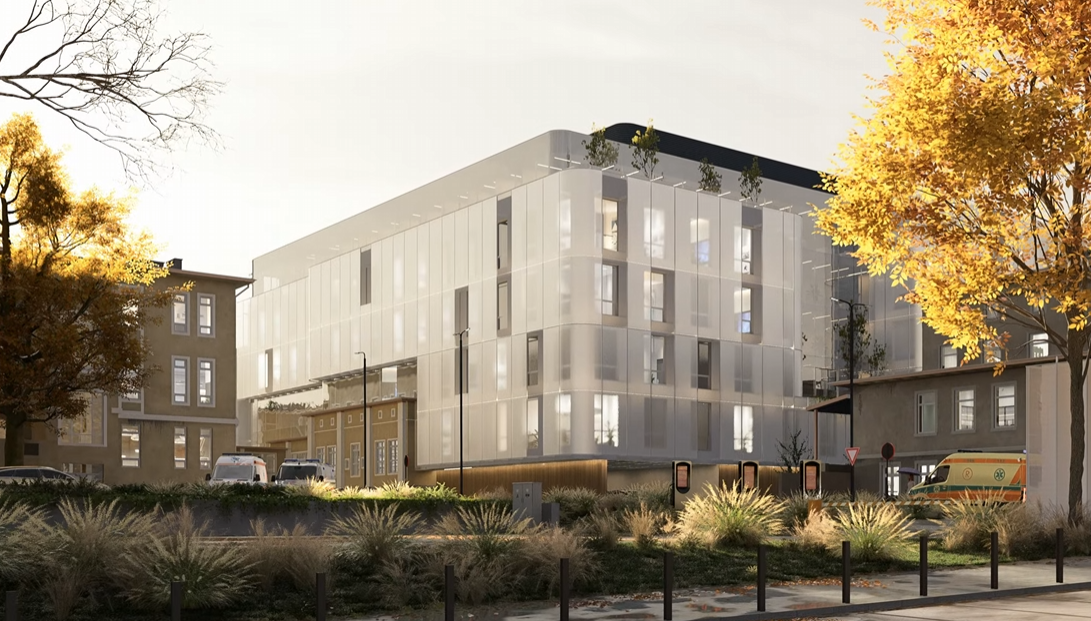
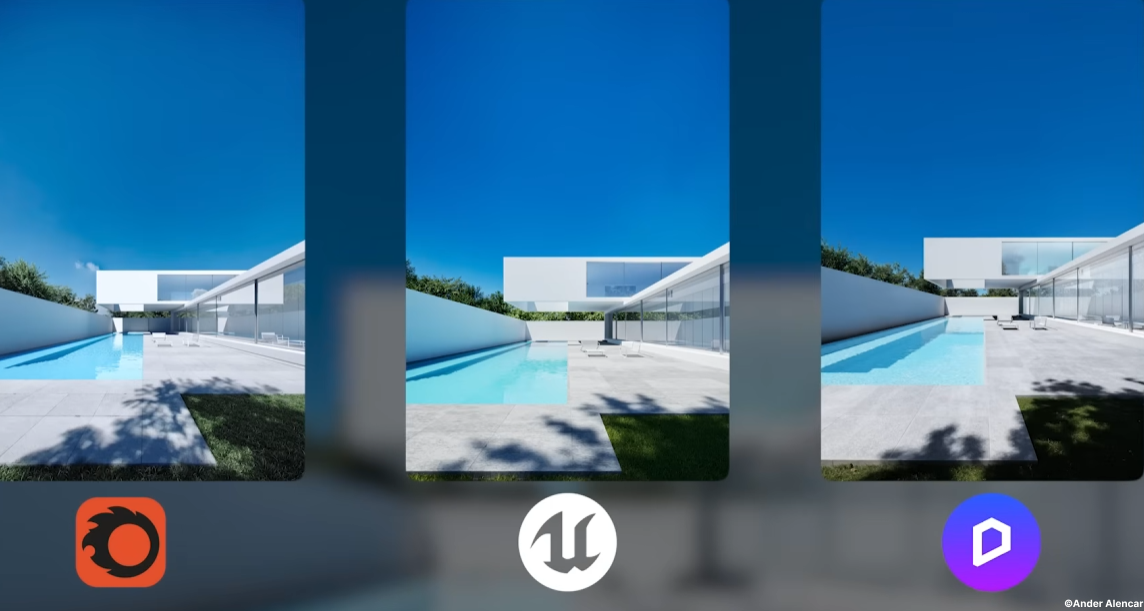
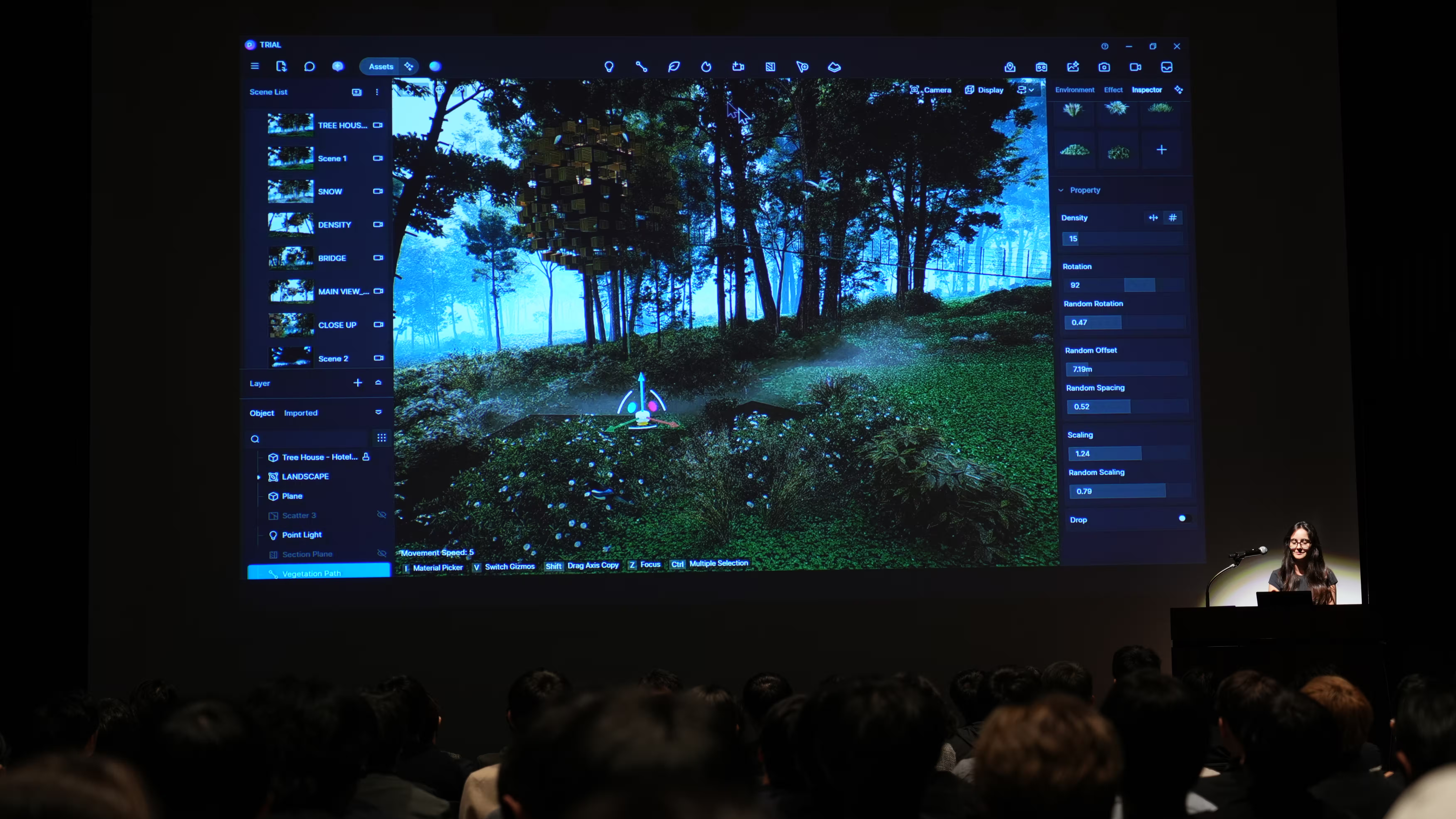
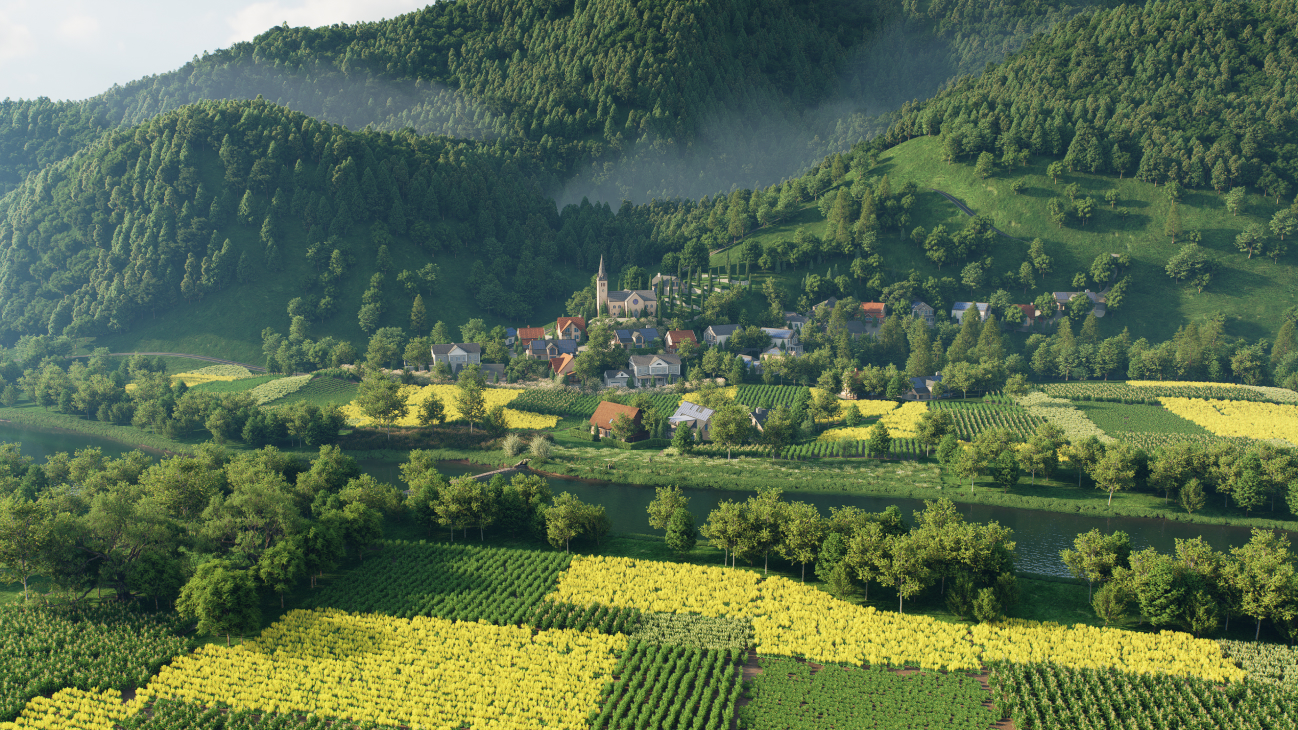

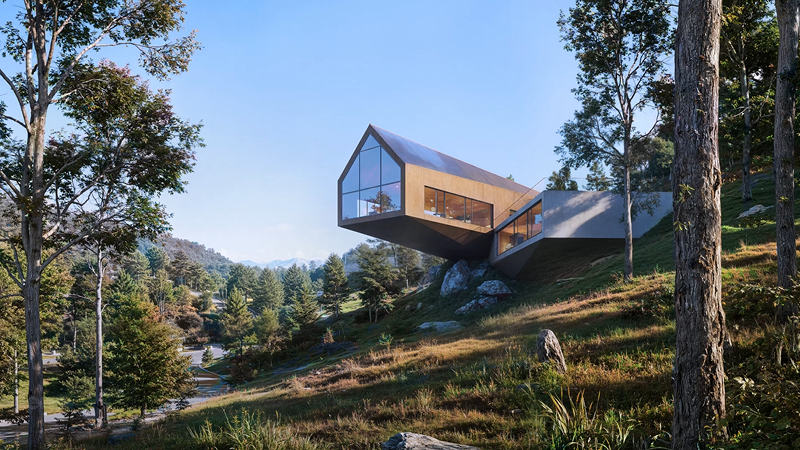
%20(1).png)
.png)
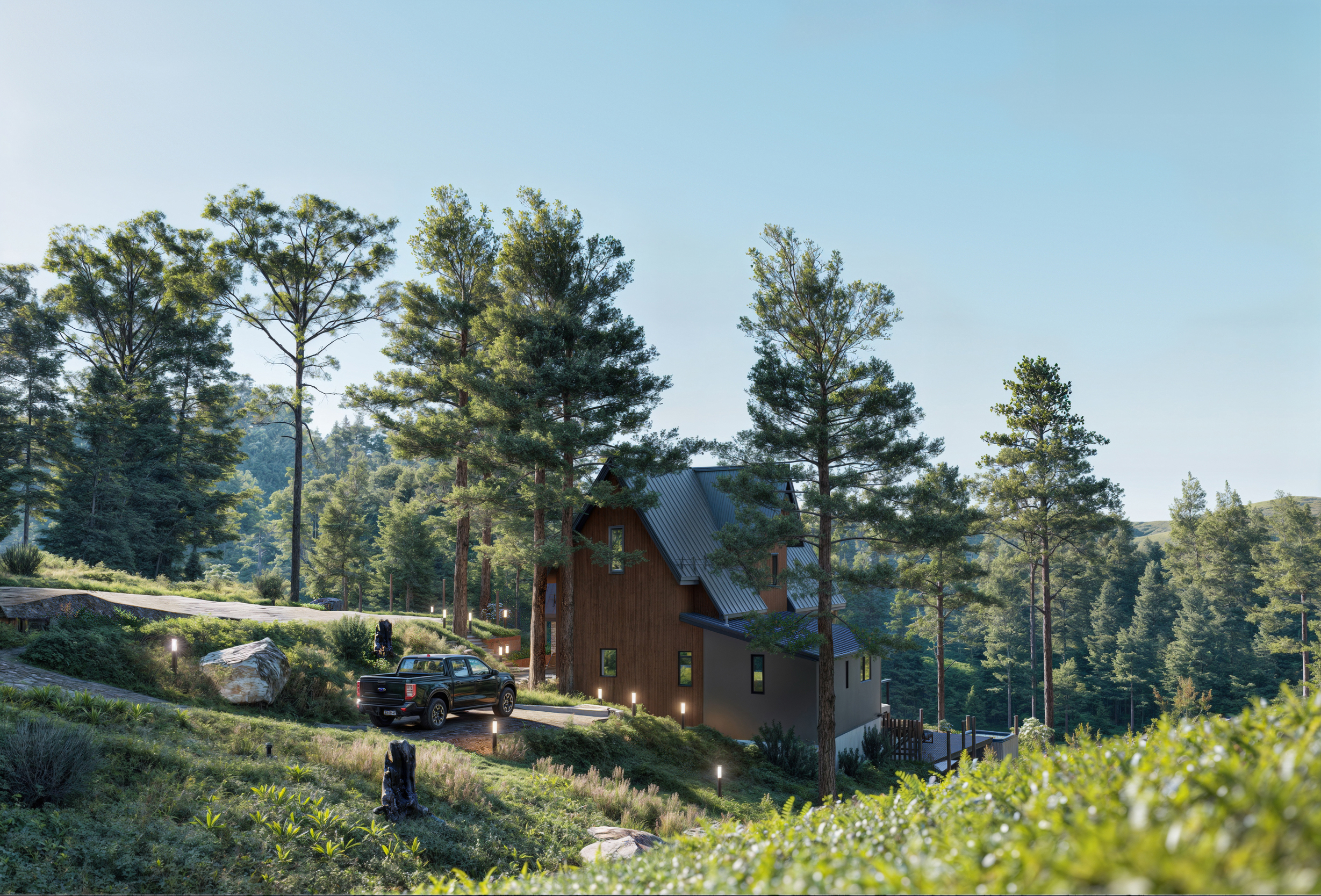
.png)

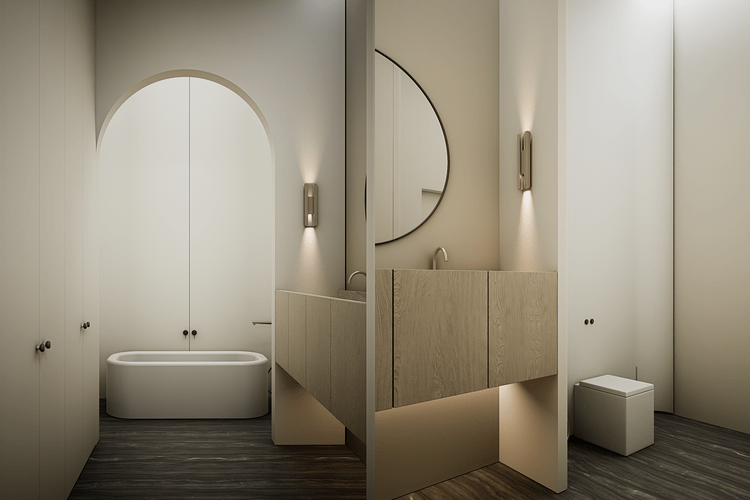
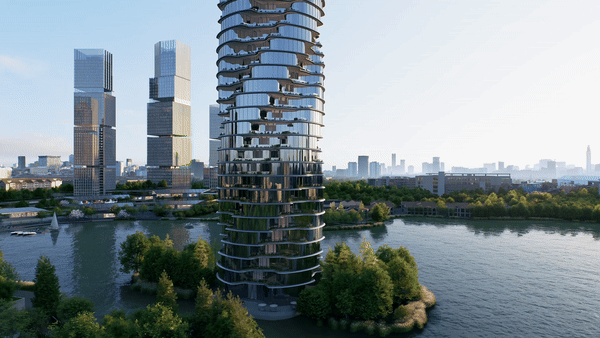
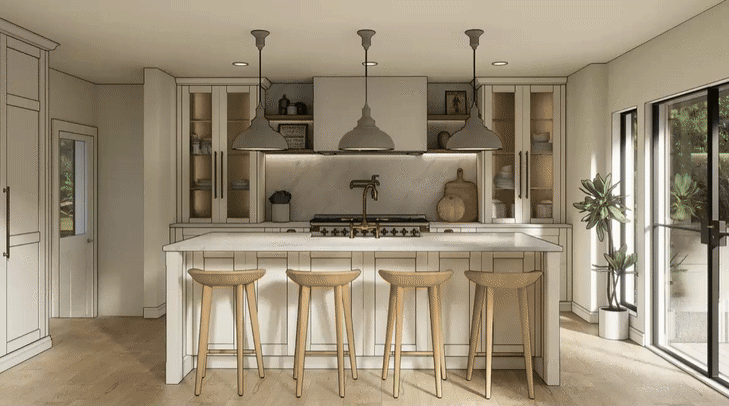
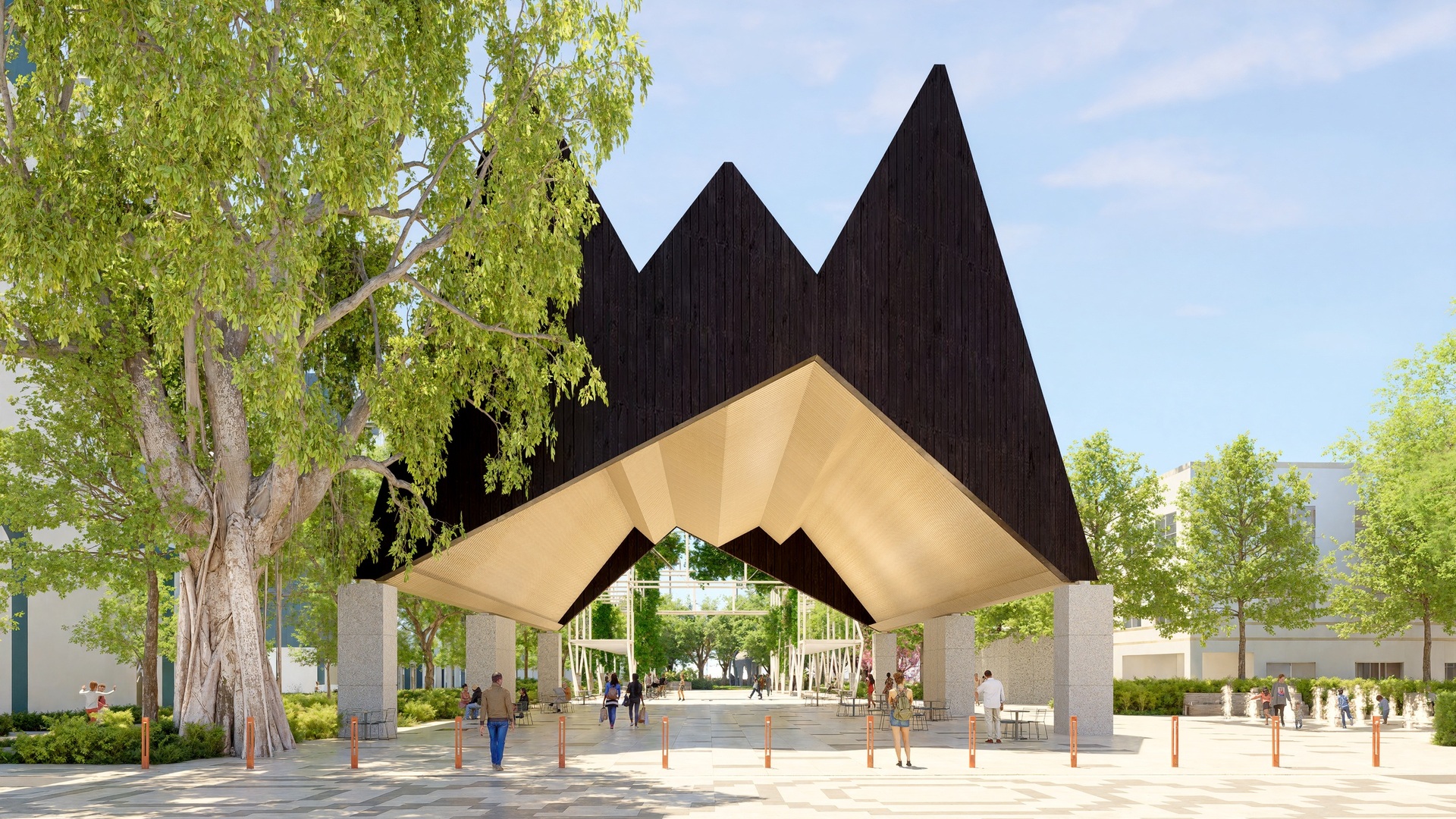

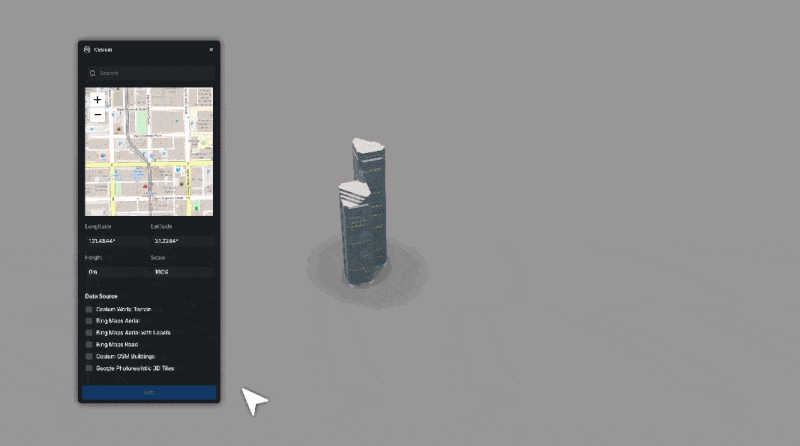



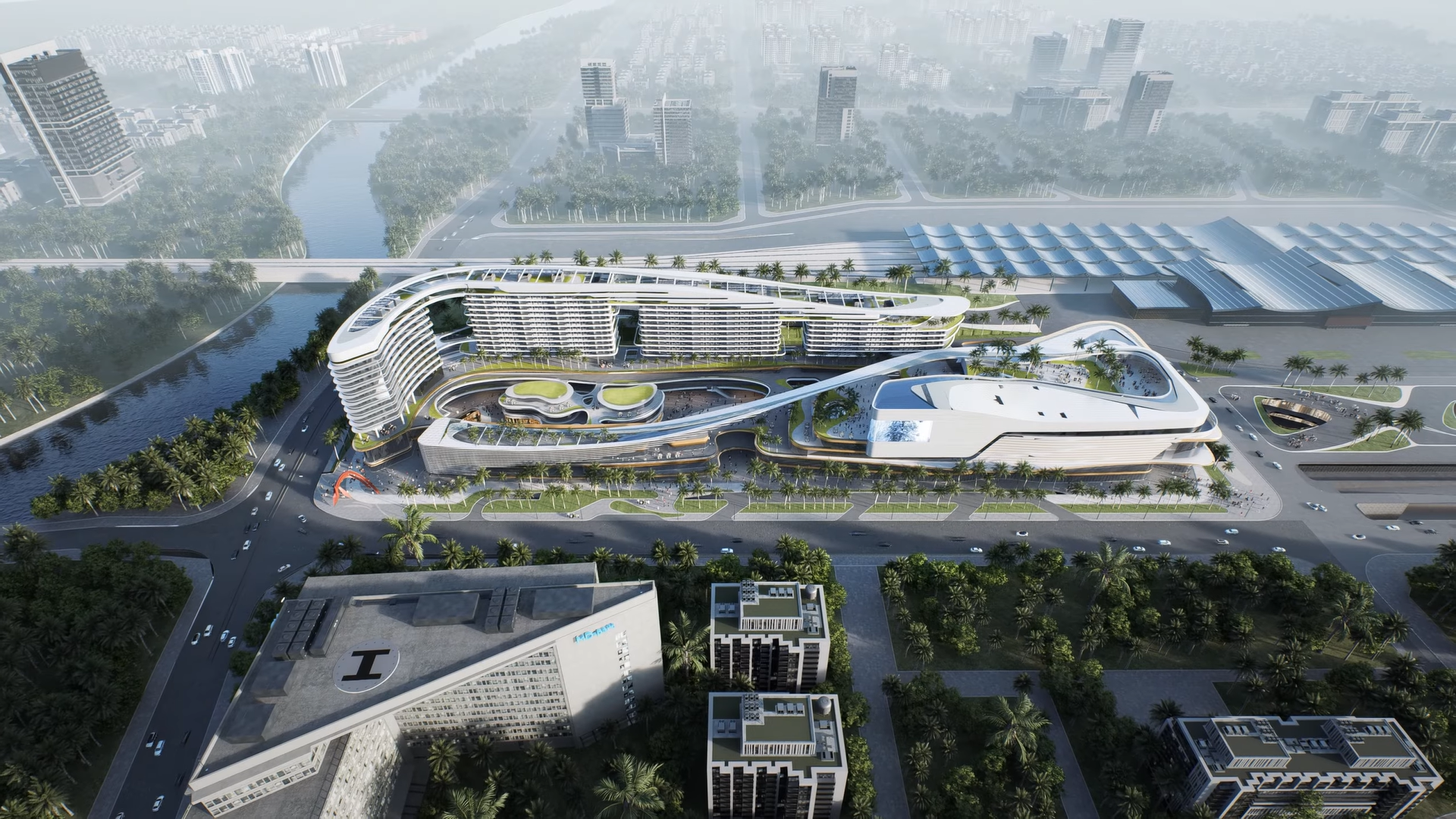
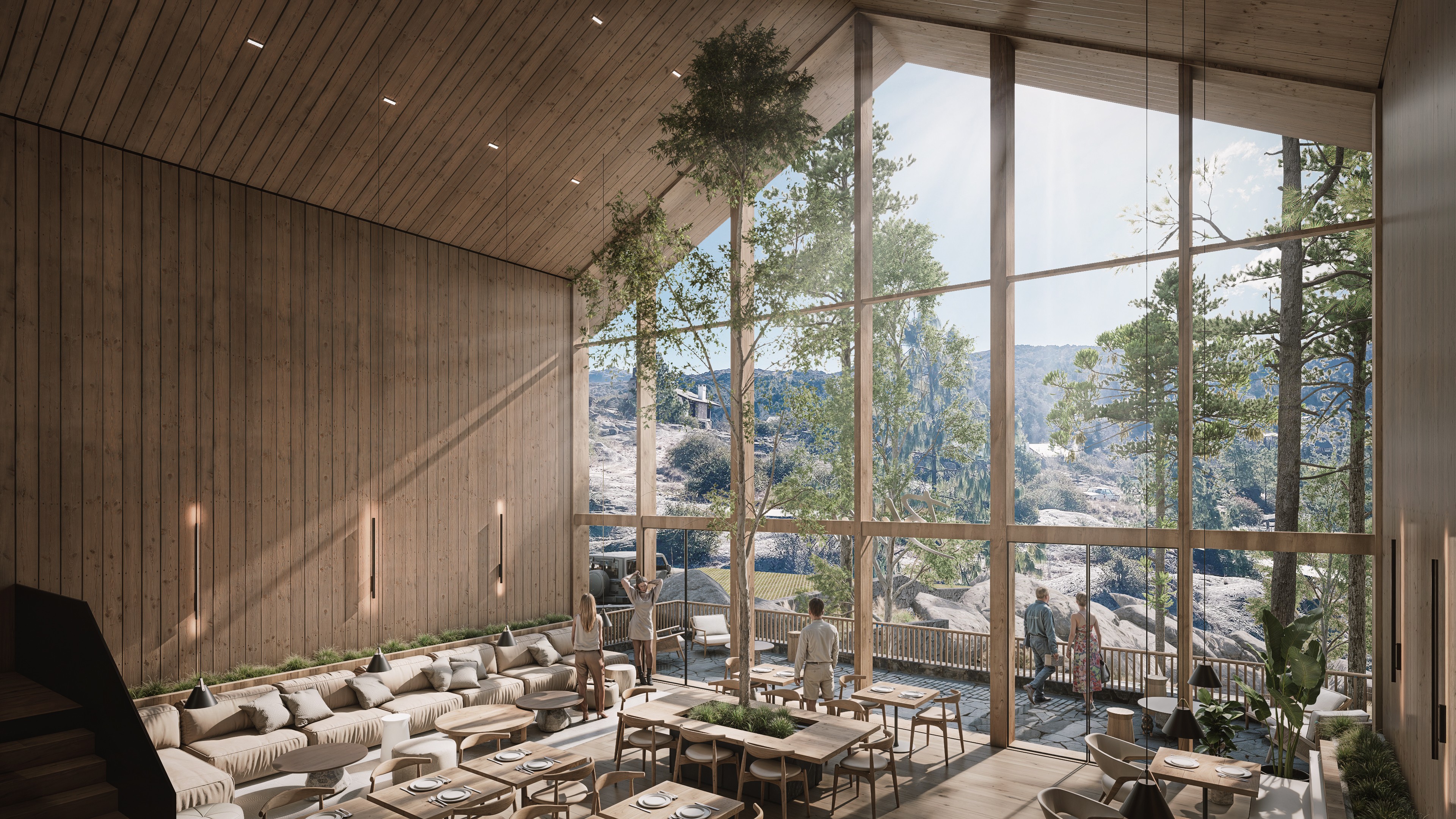
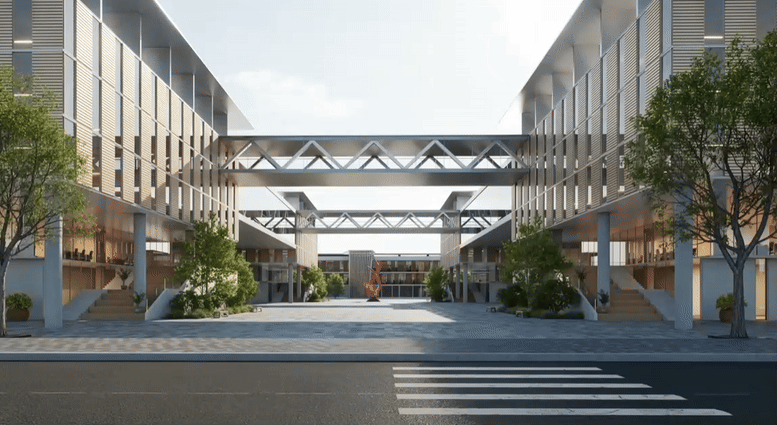
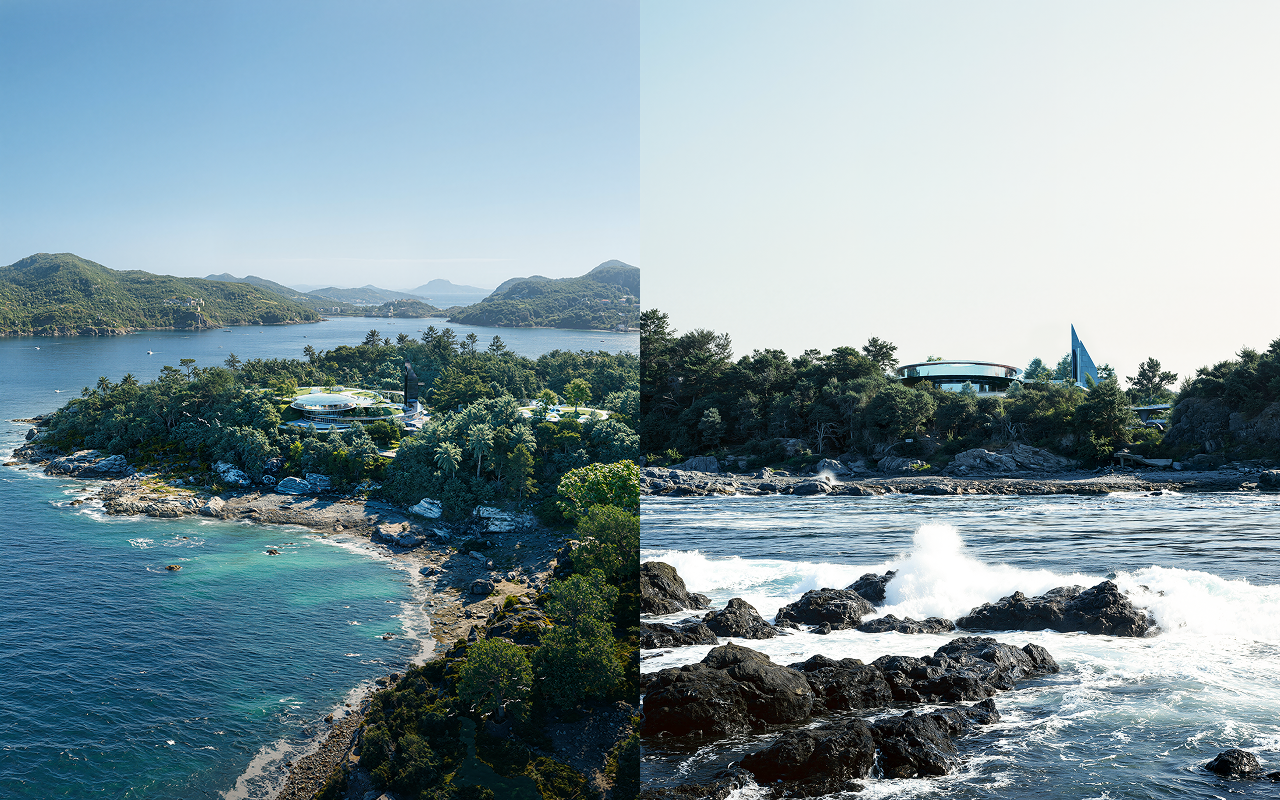
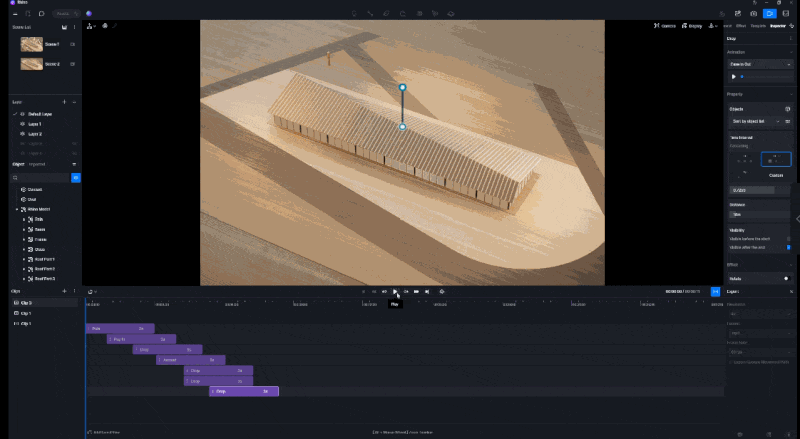
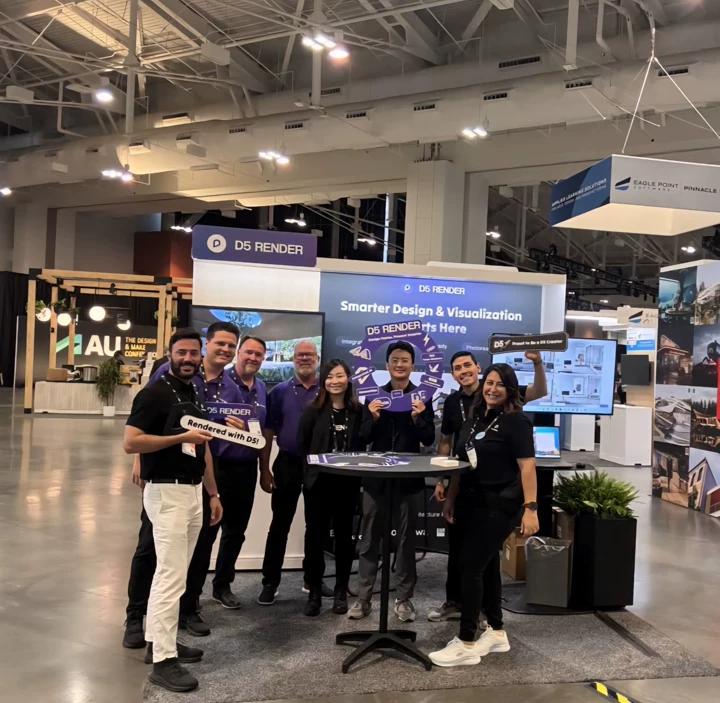


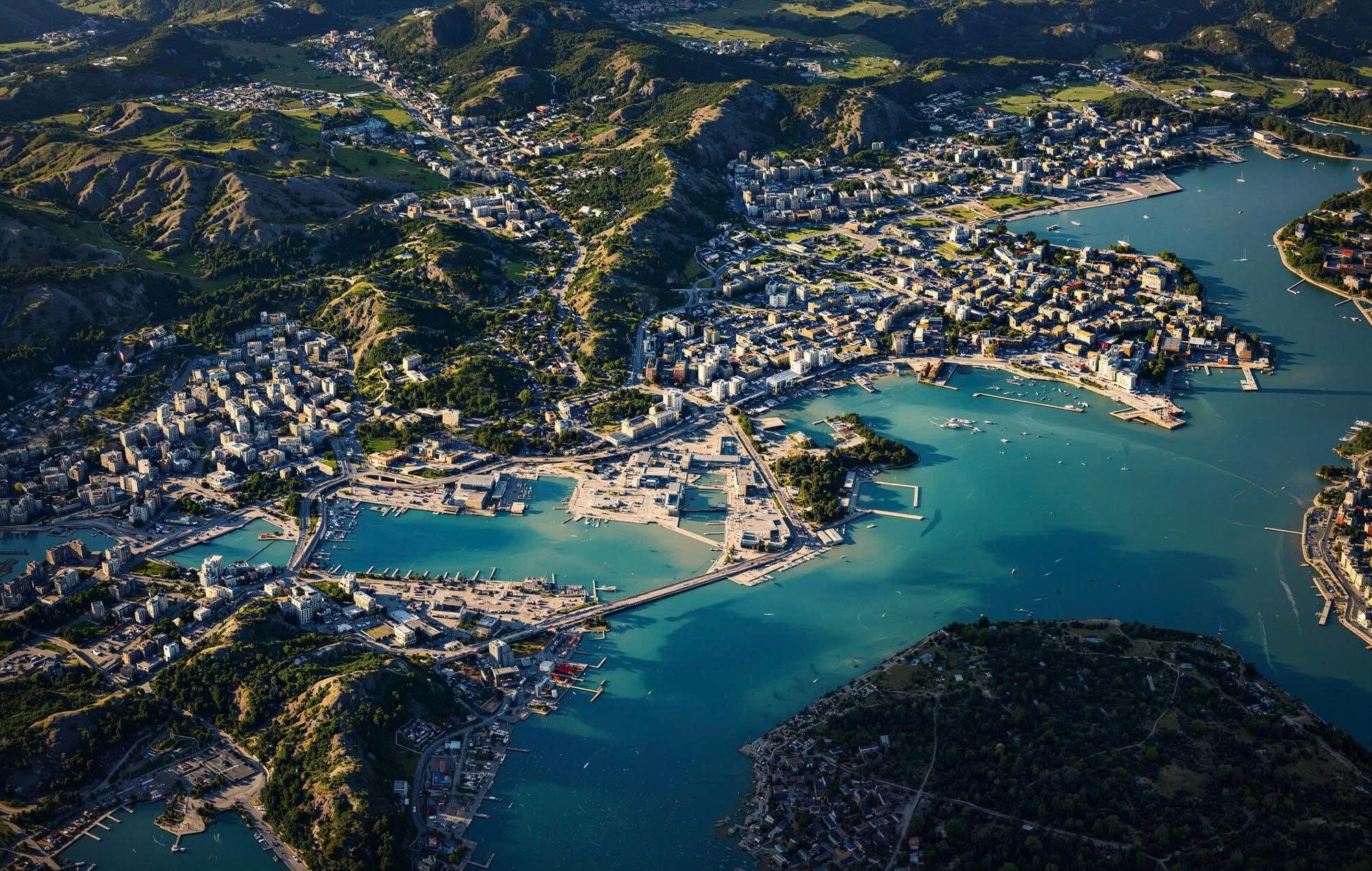
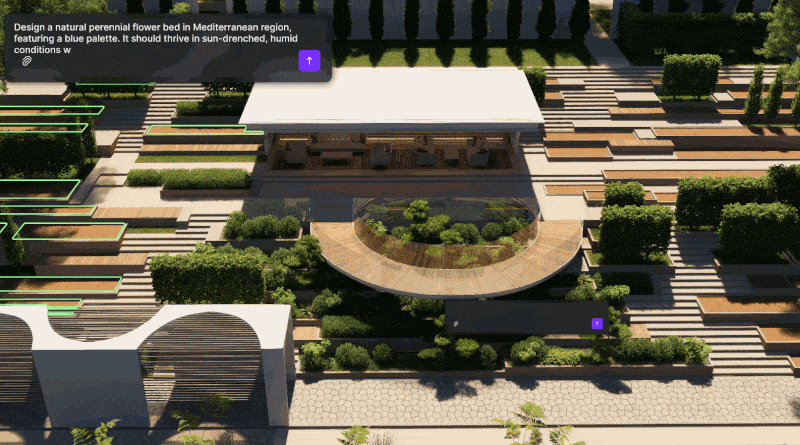
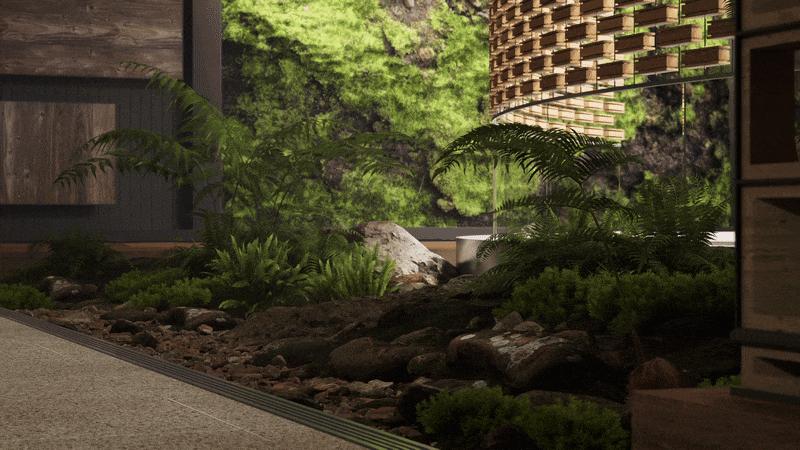


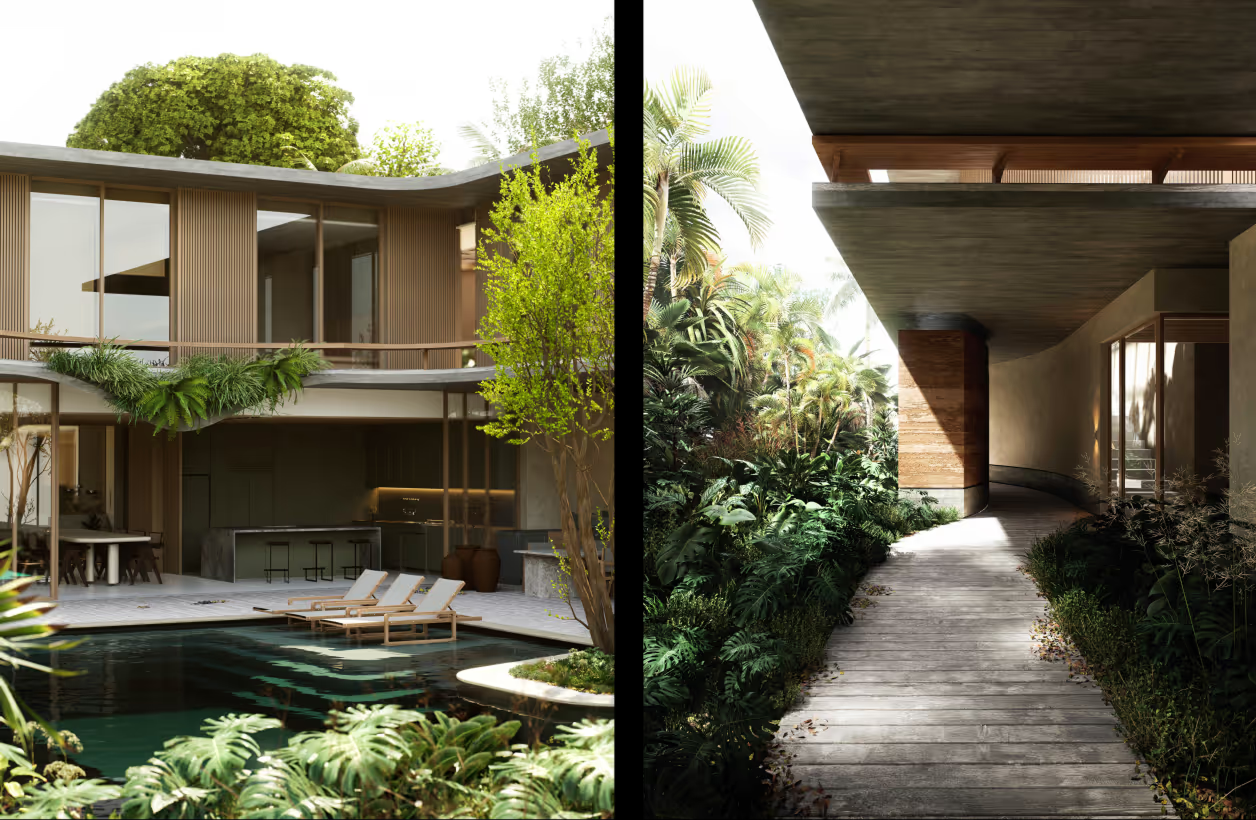
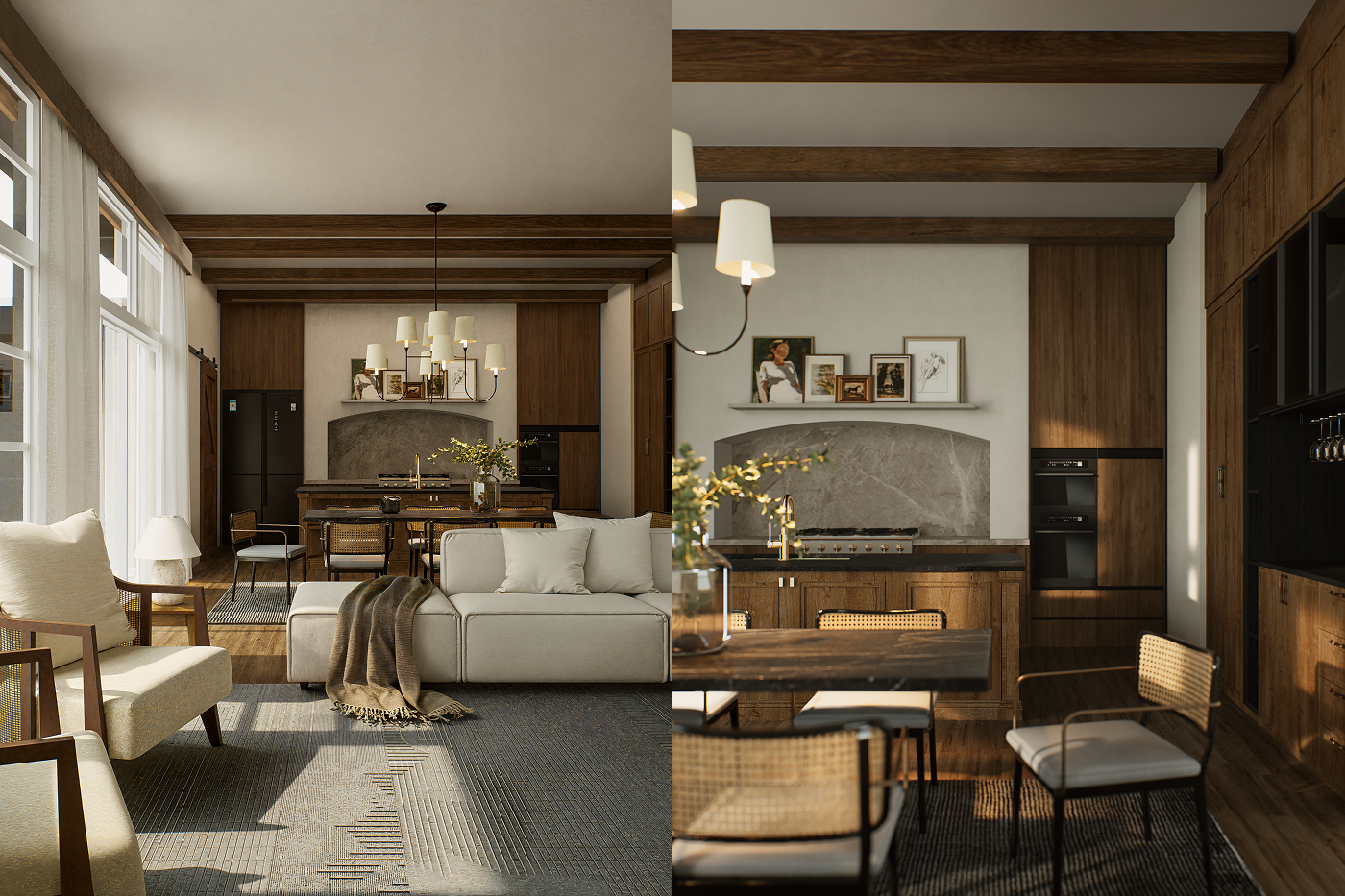

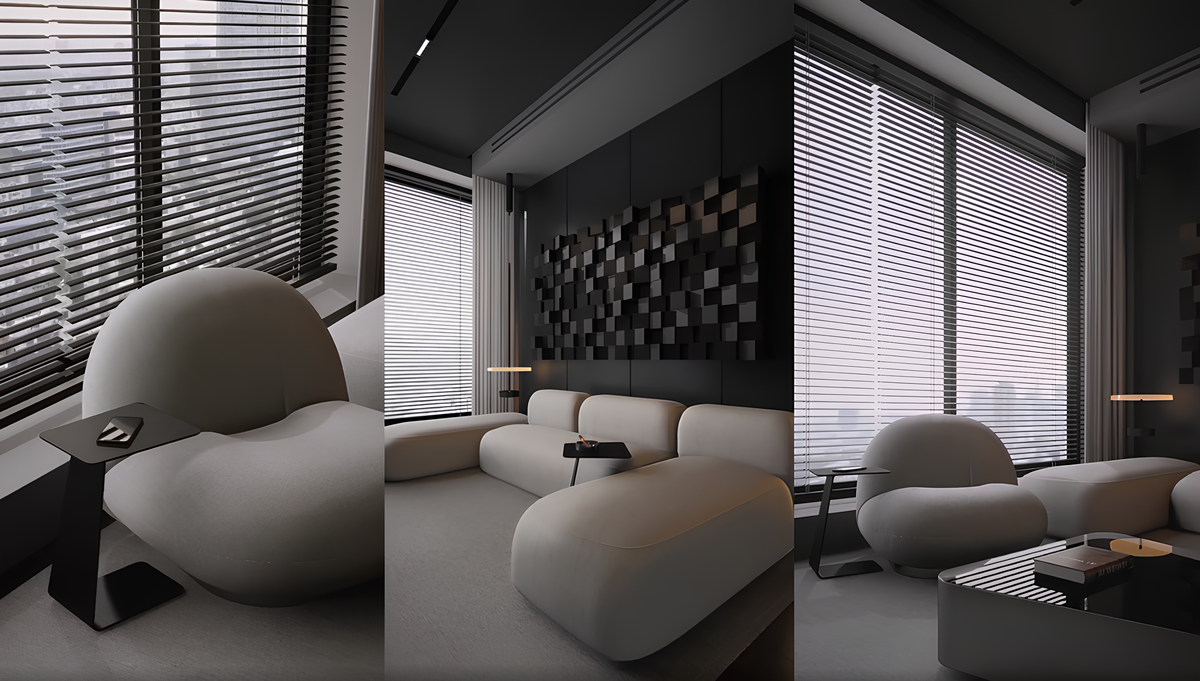
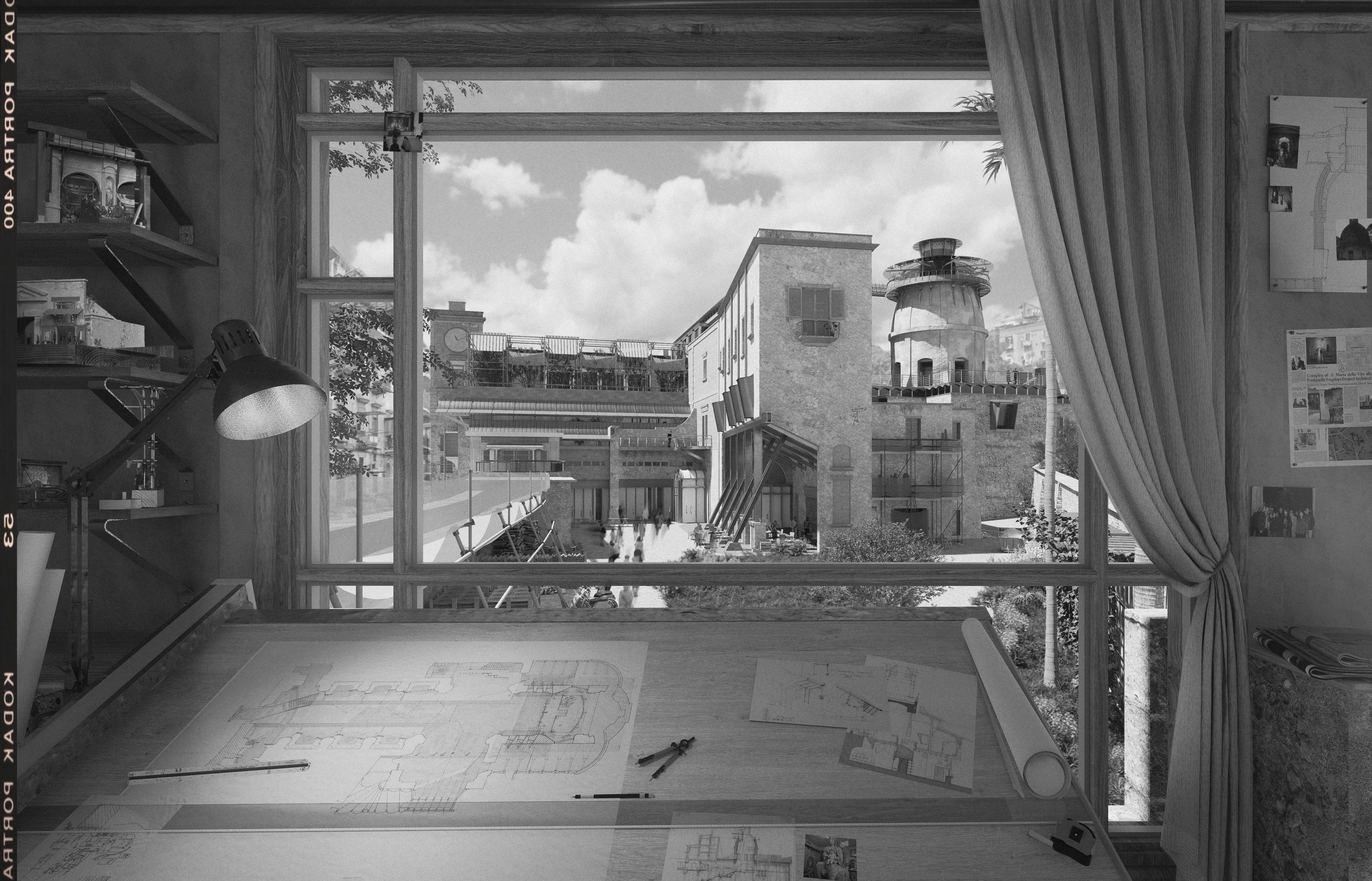

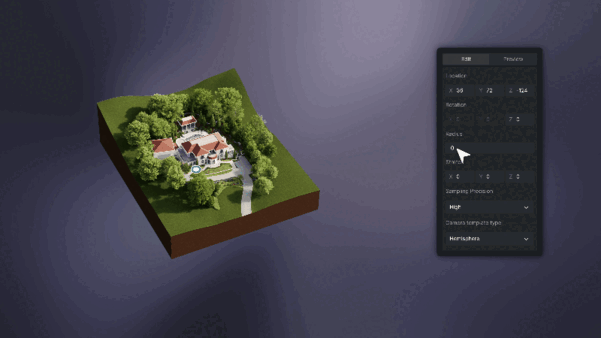

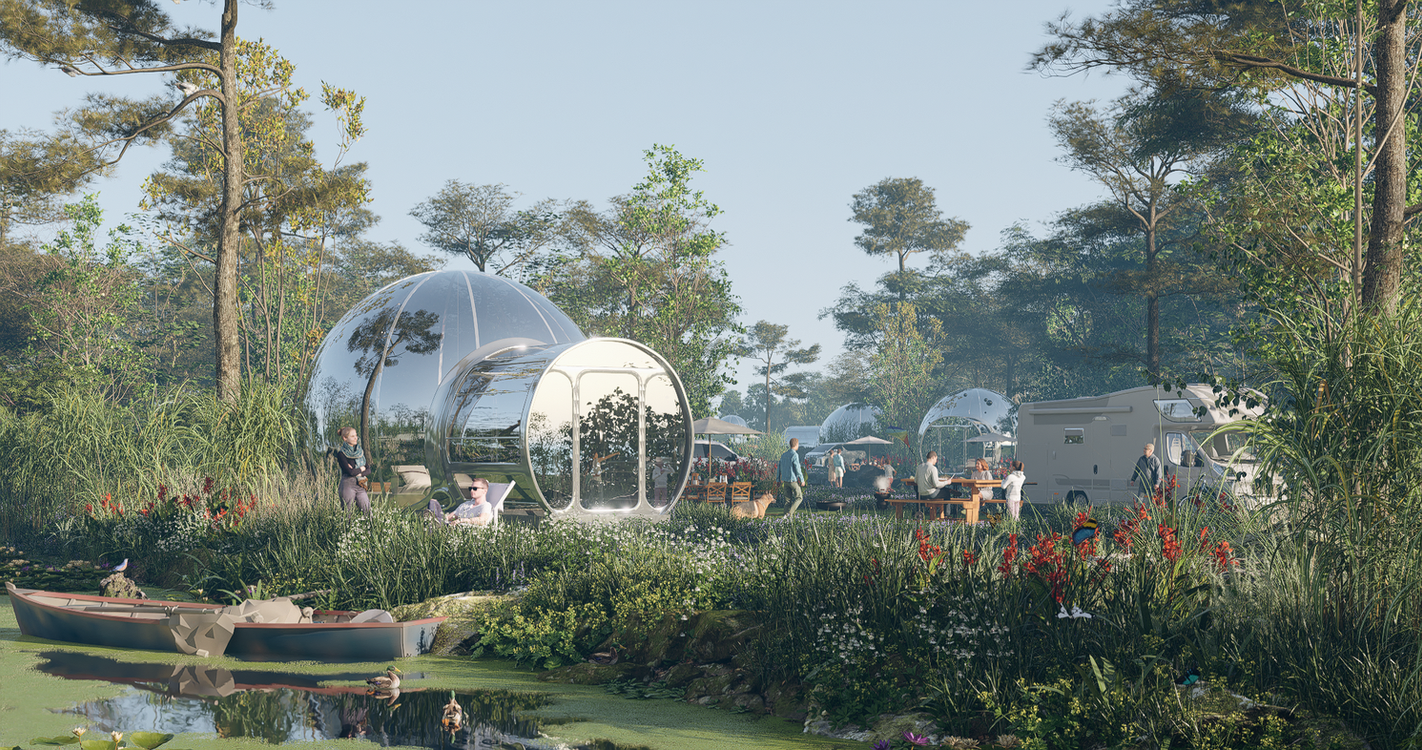
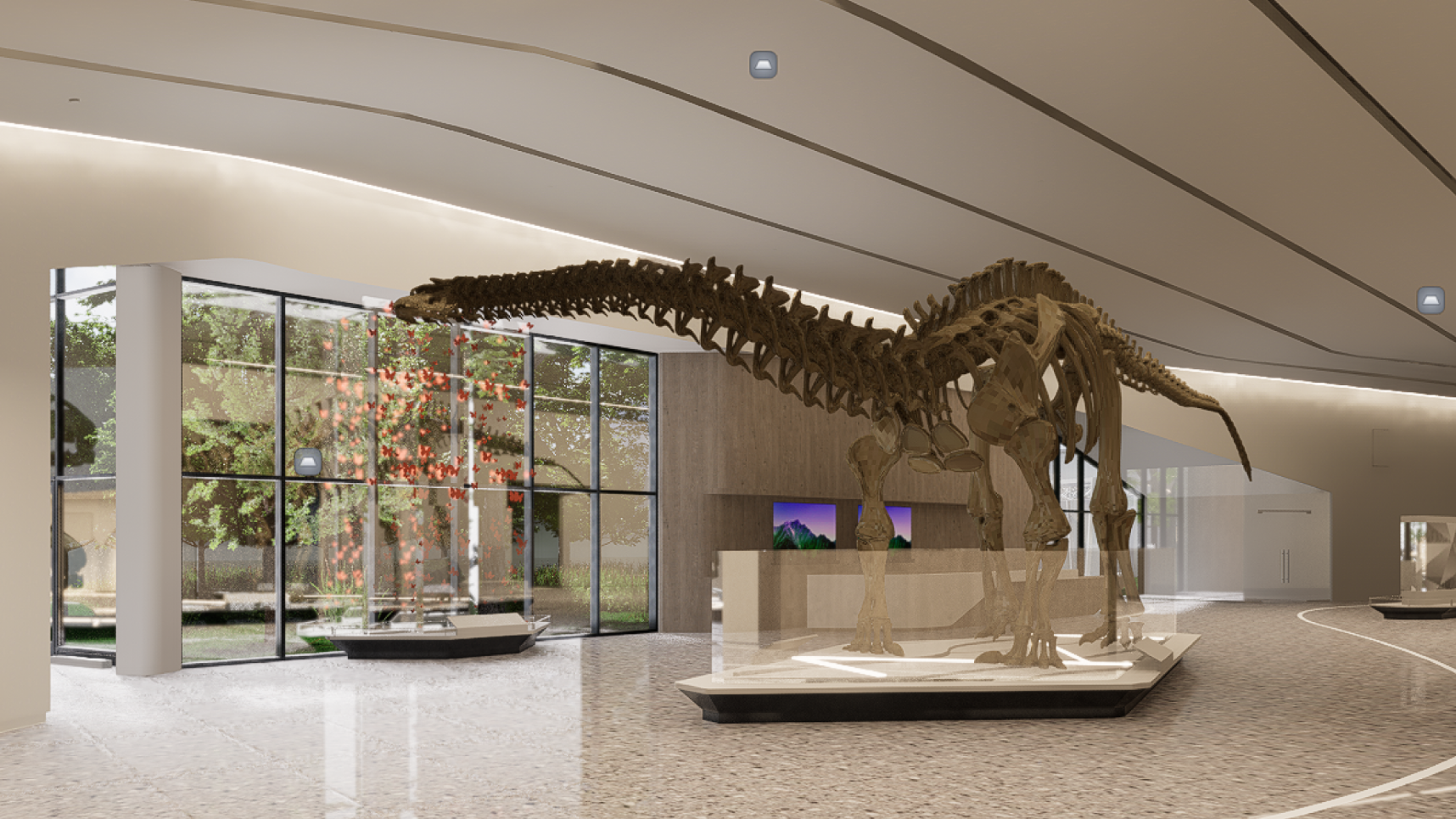
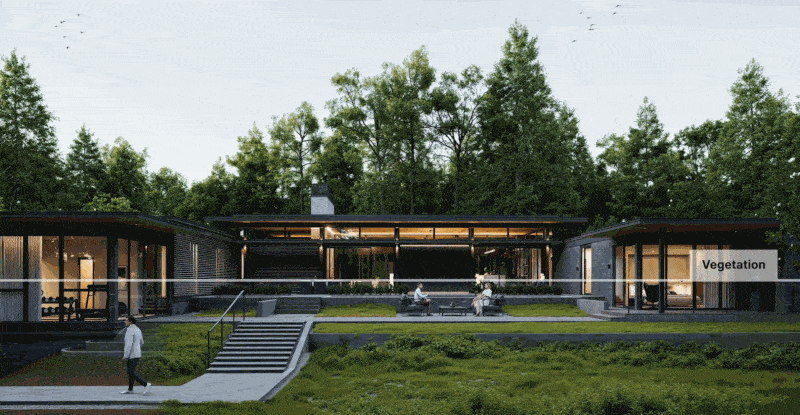
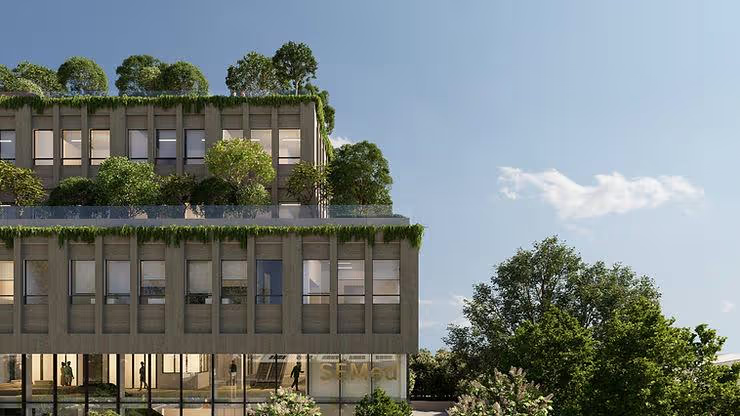
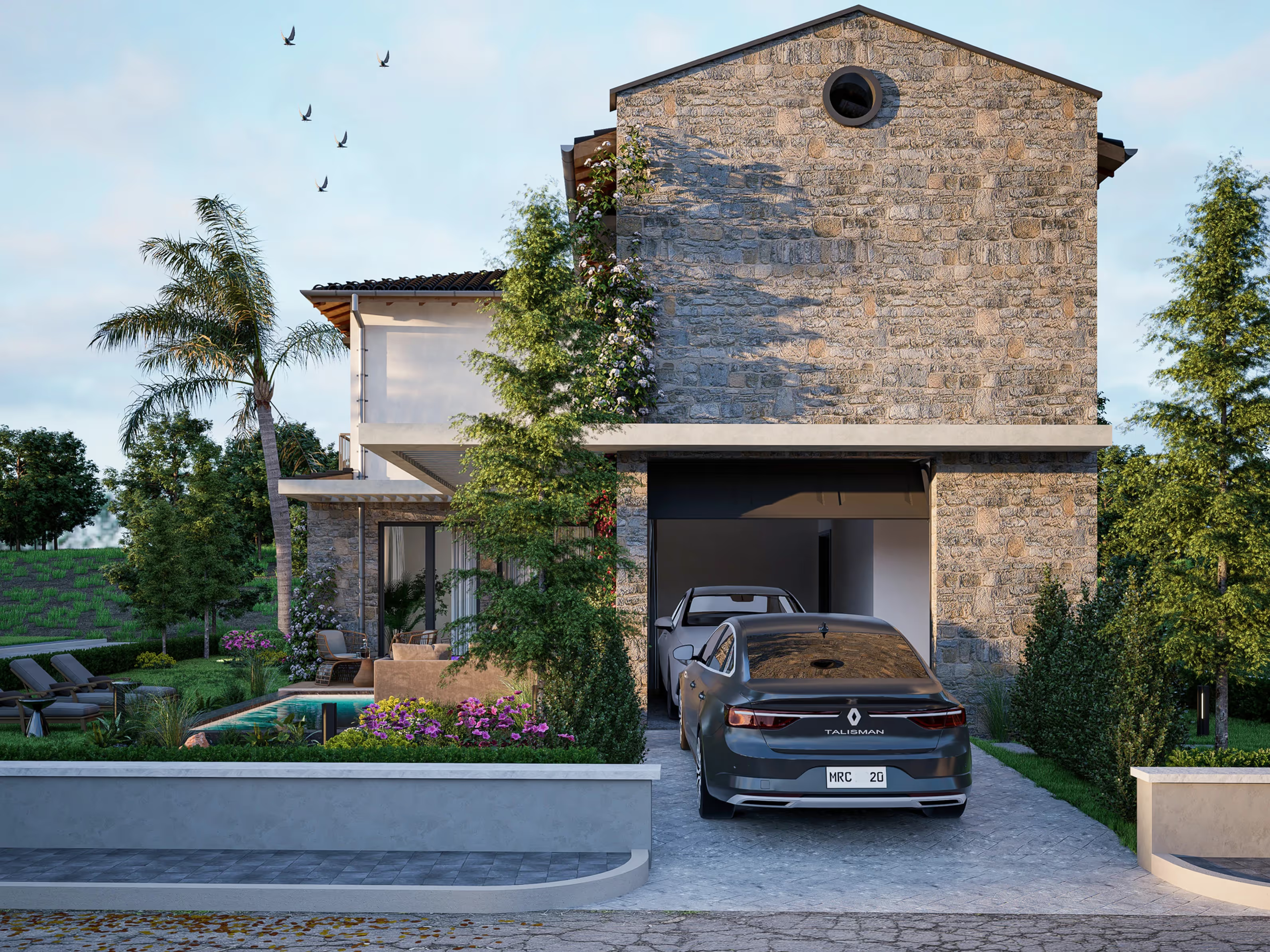
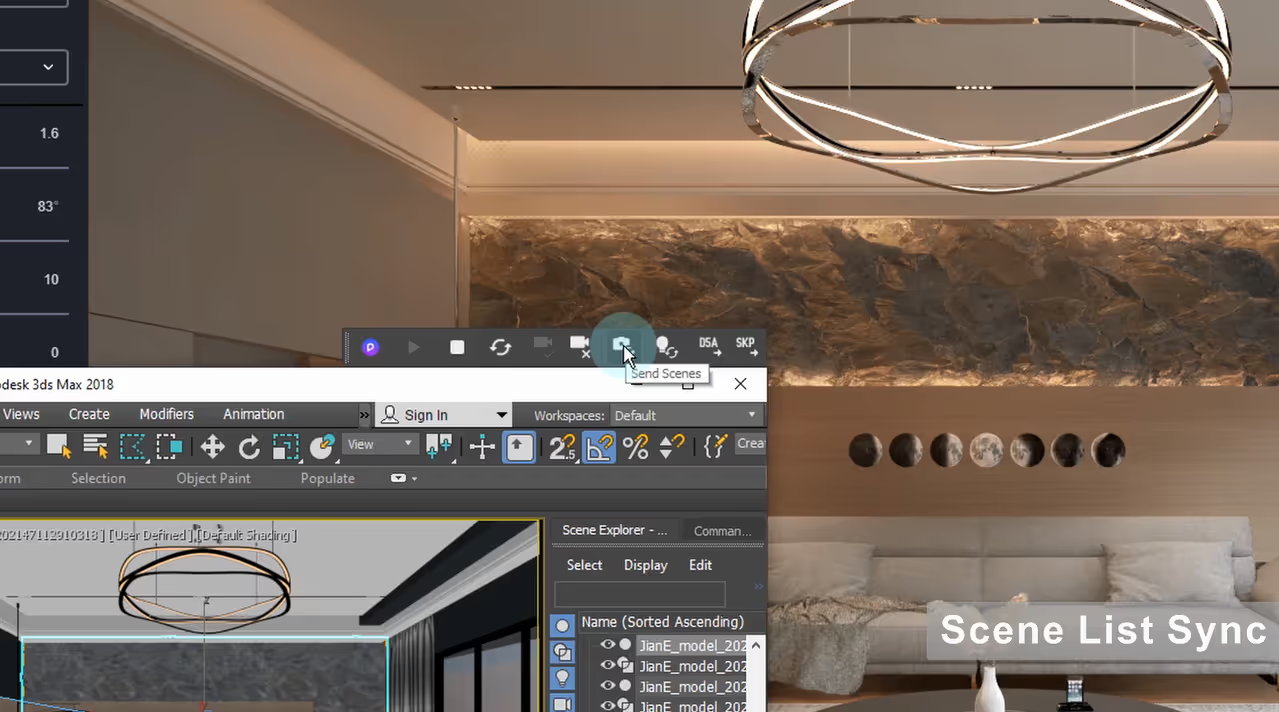


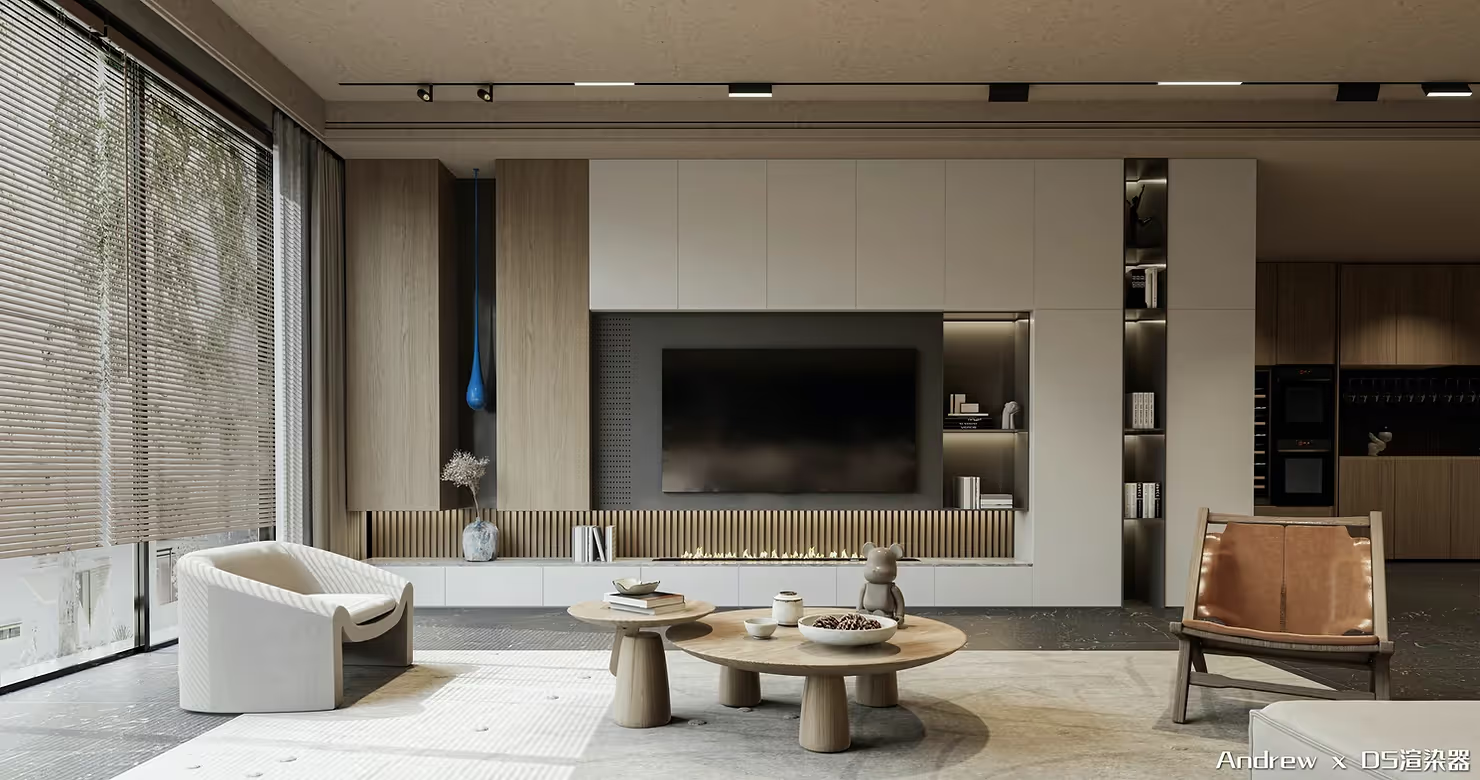
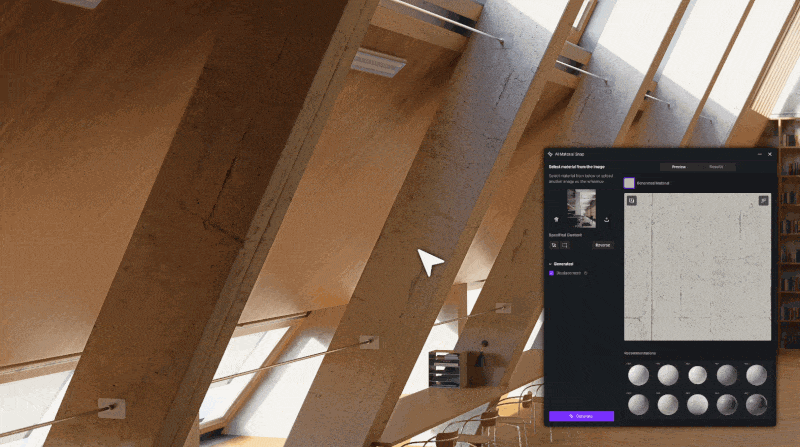

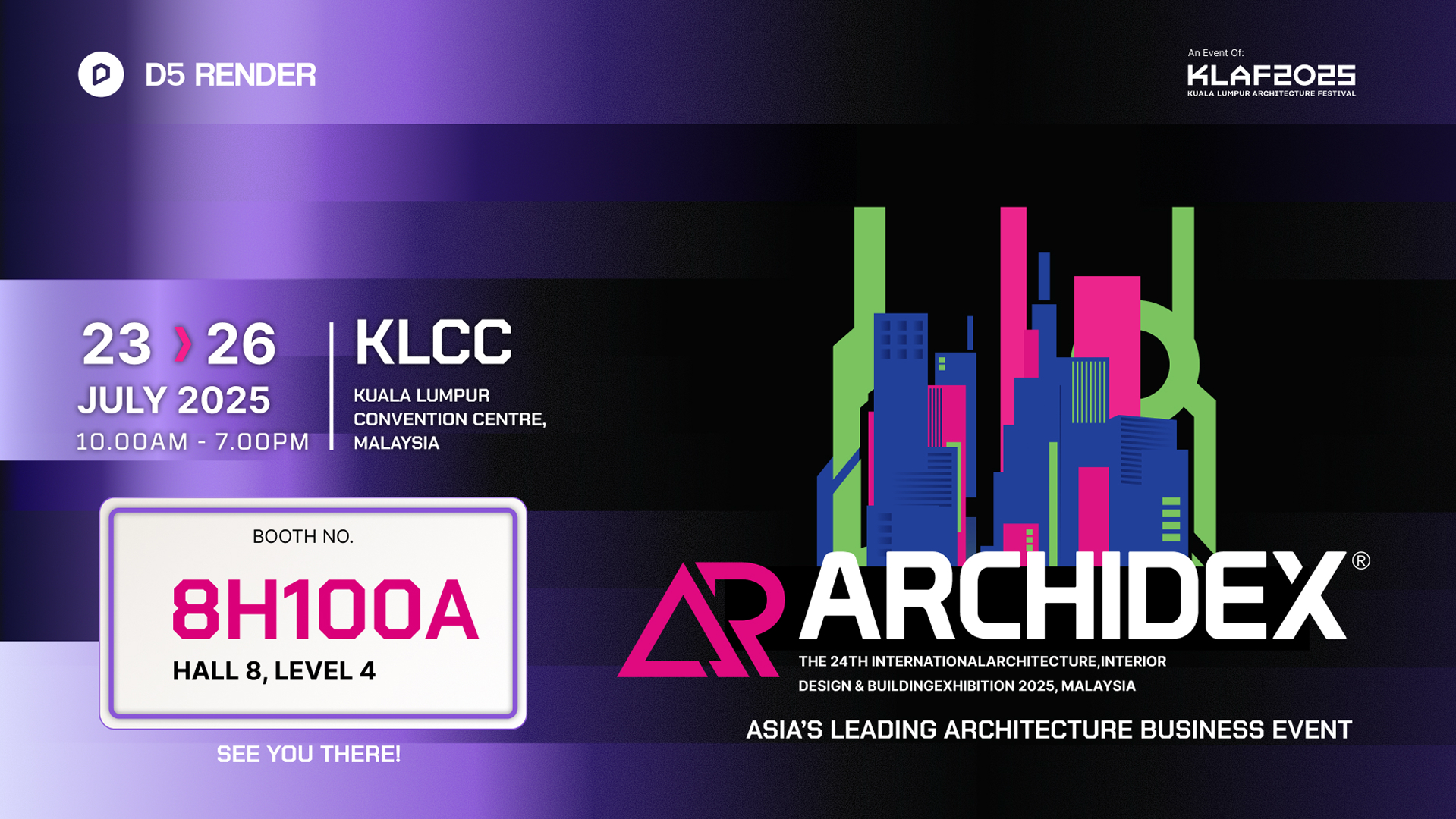
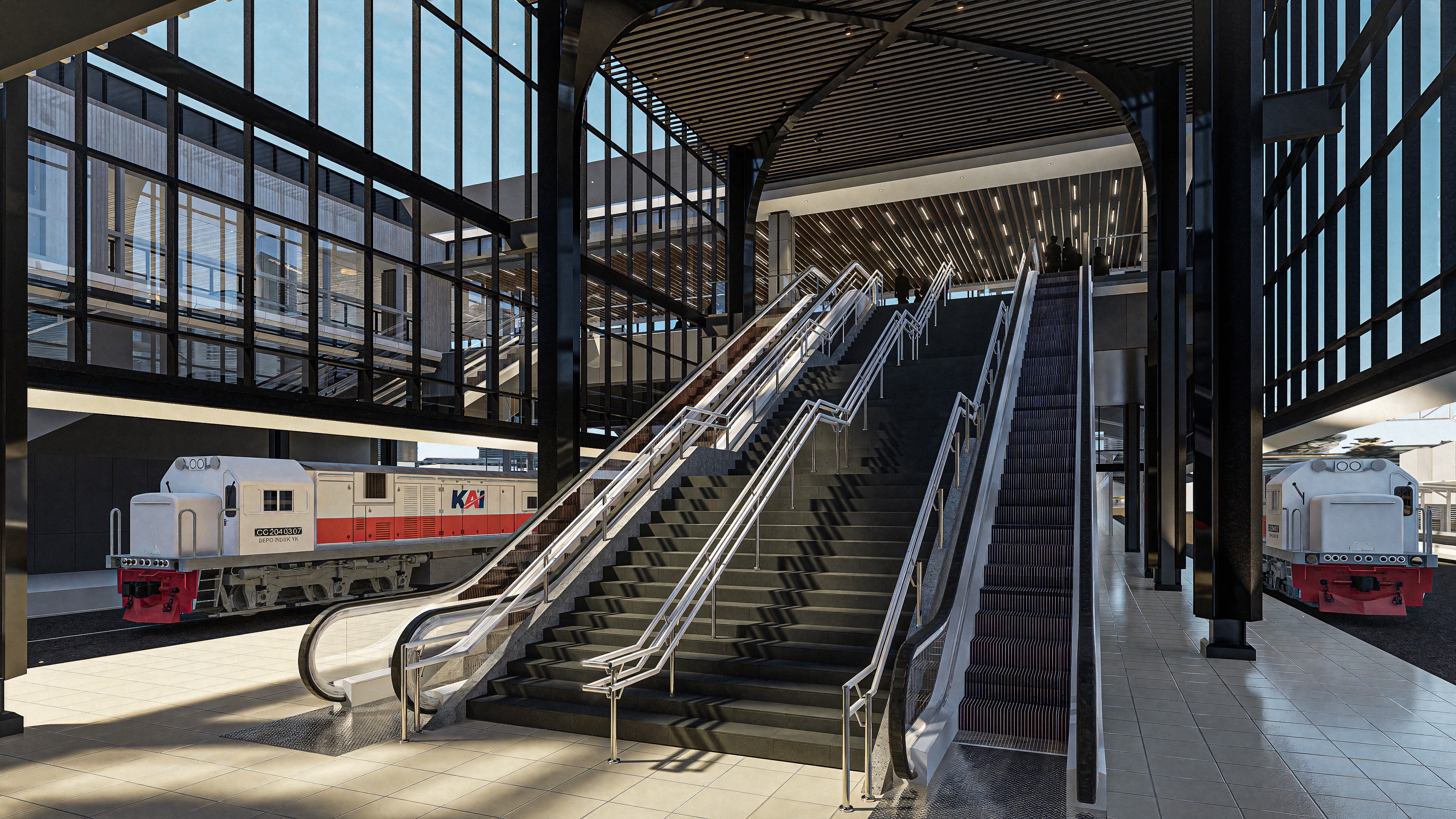
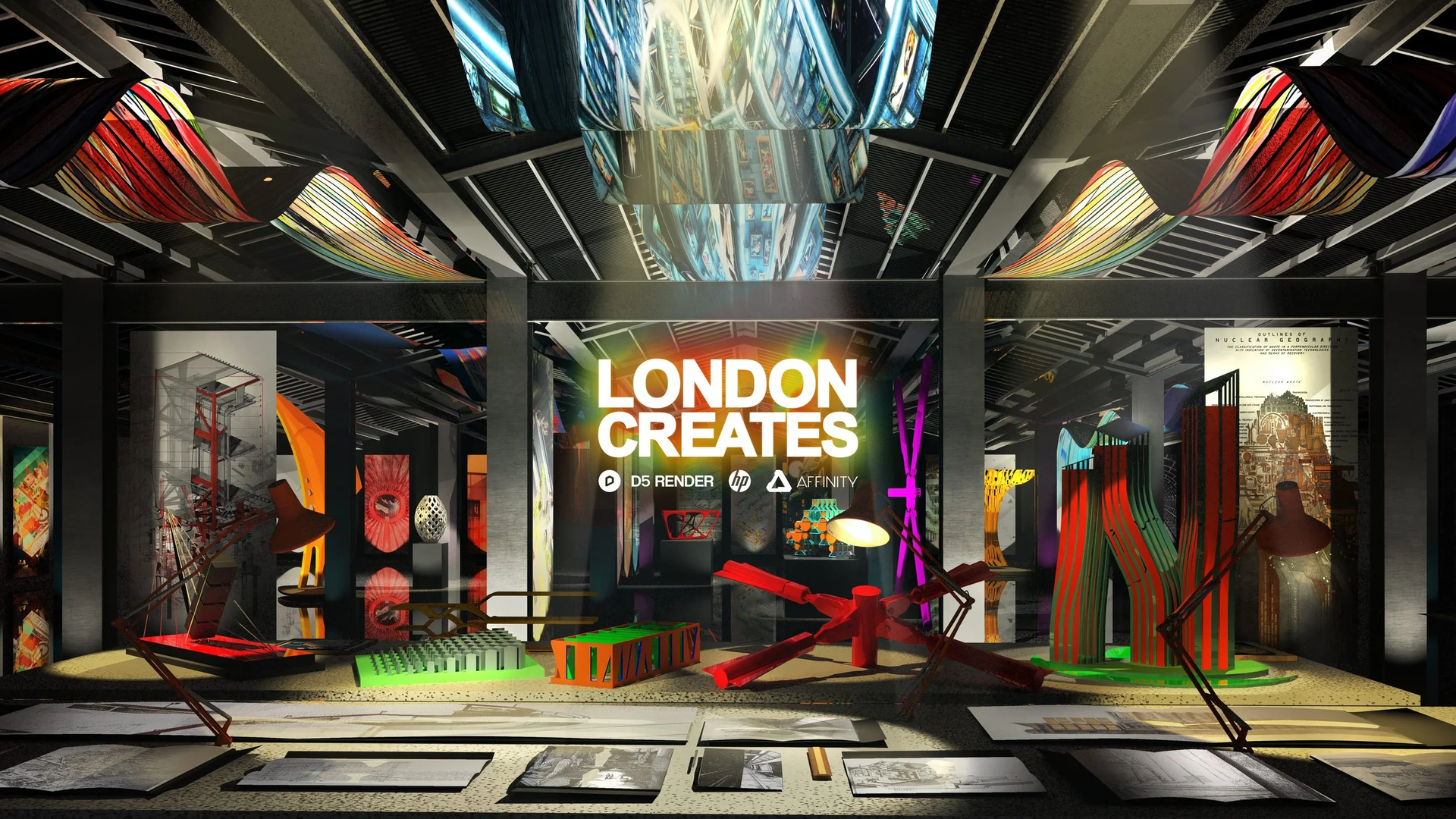
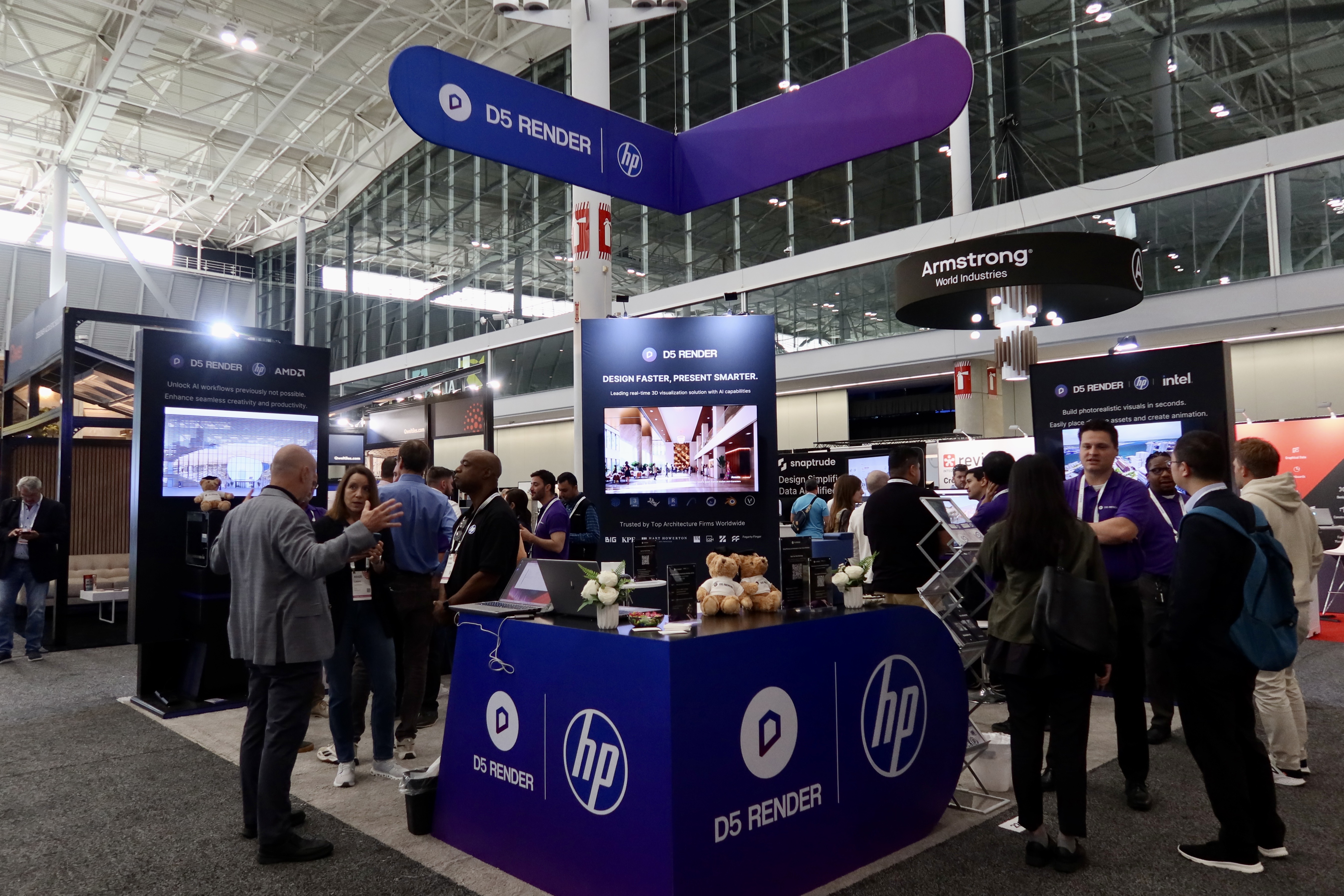
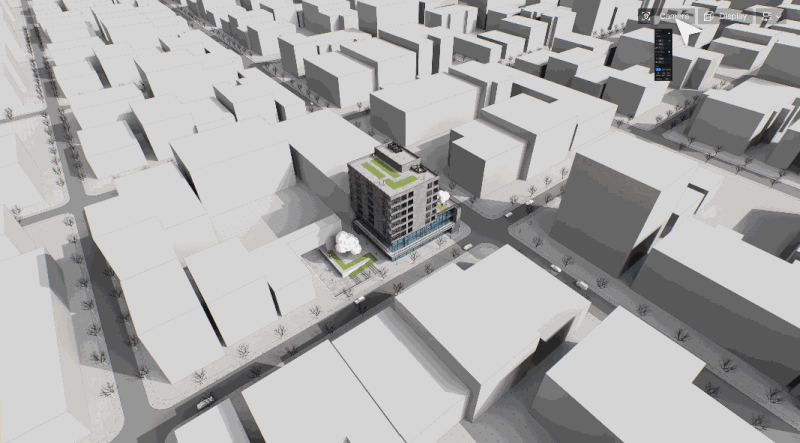

.png)
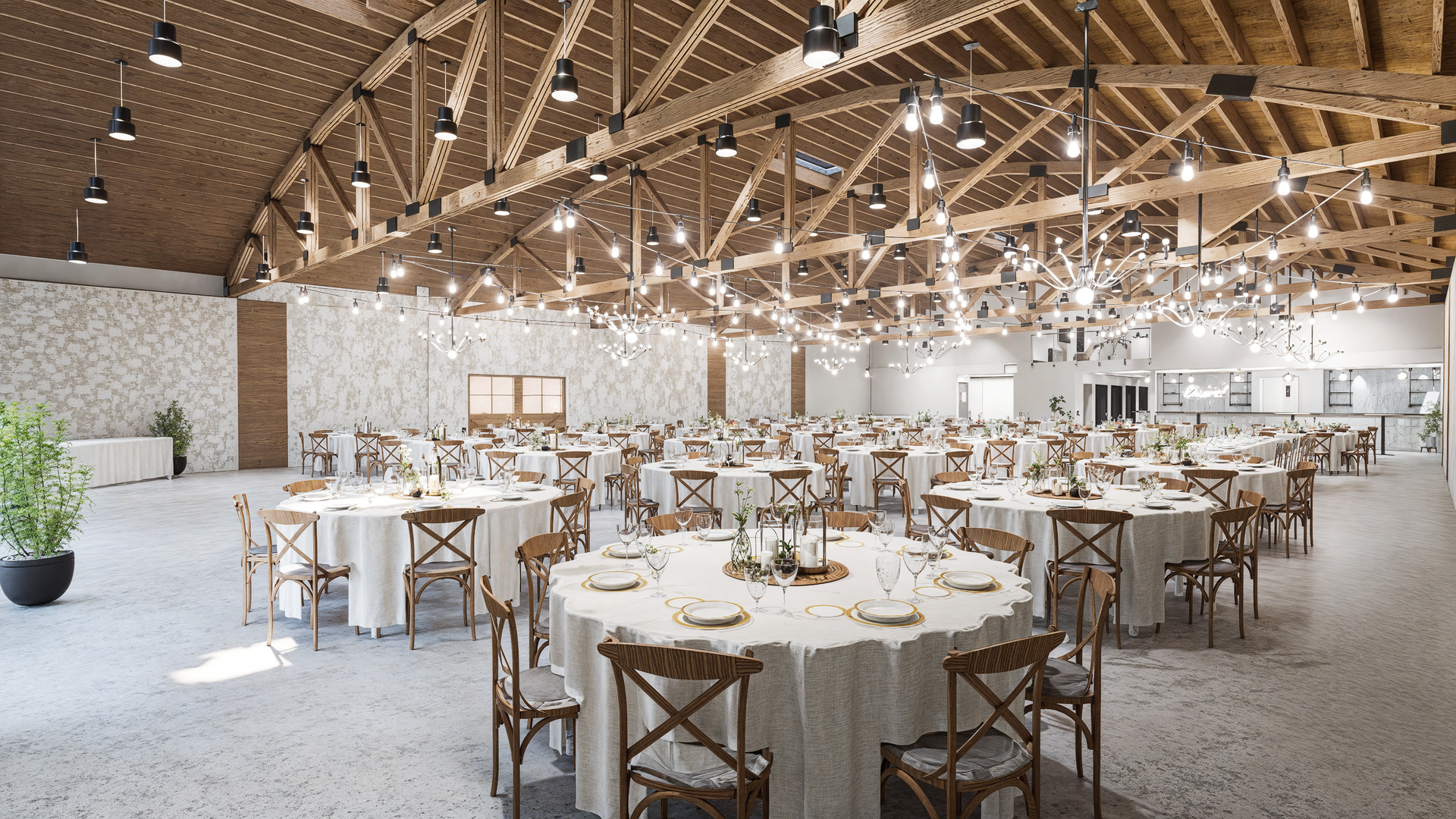
.png)


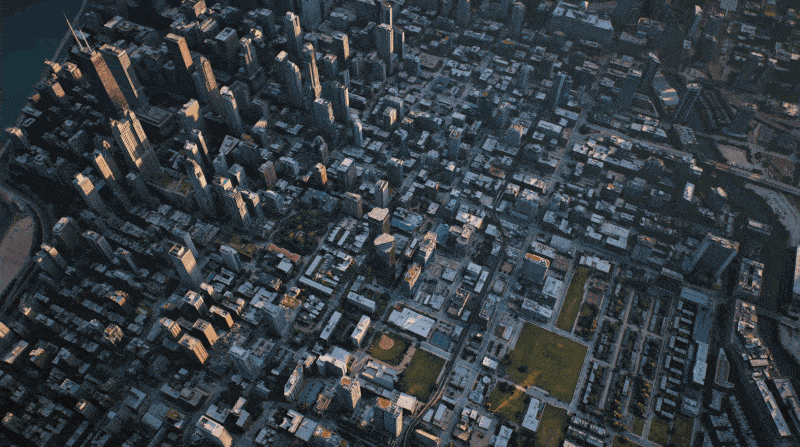
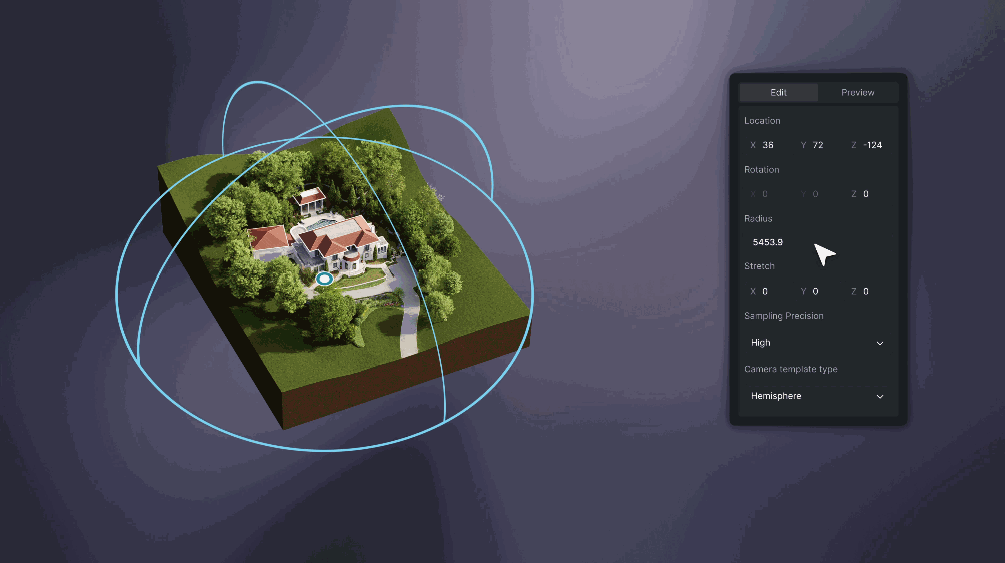
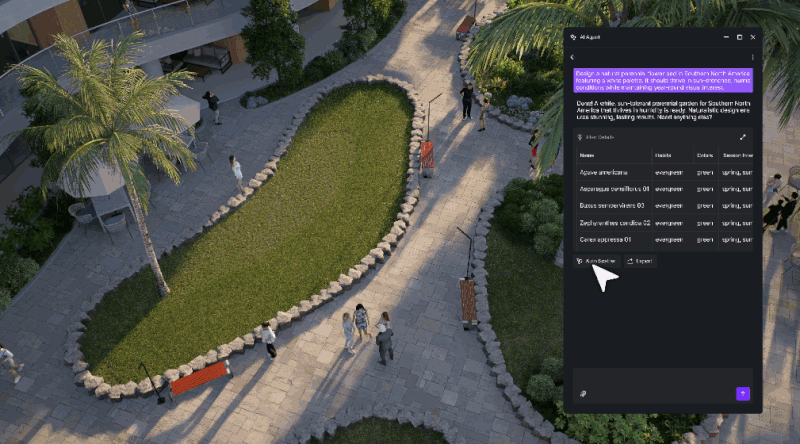
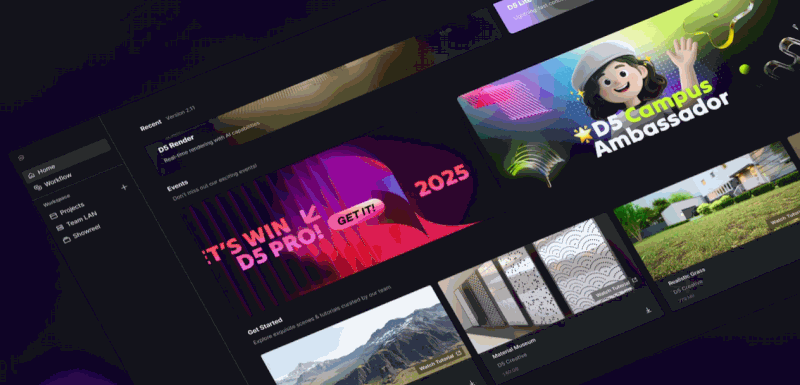
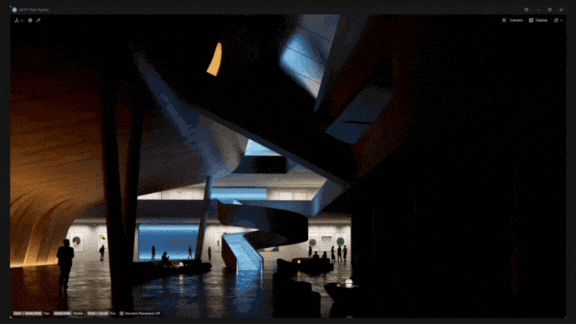
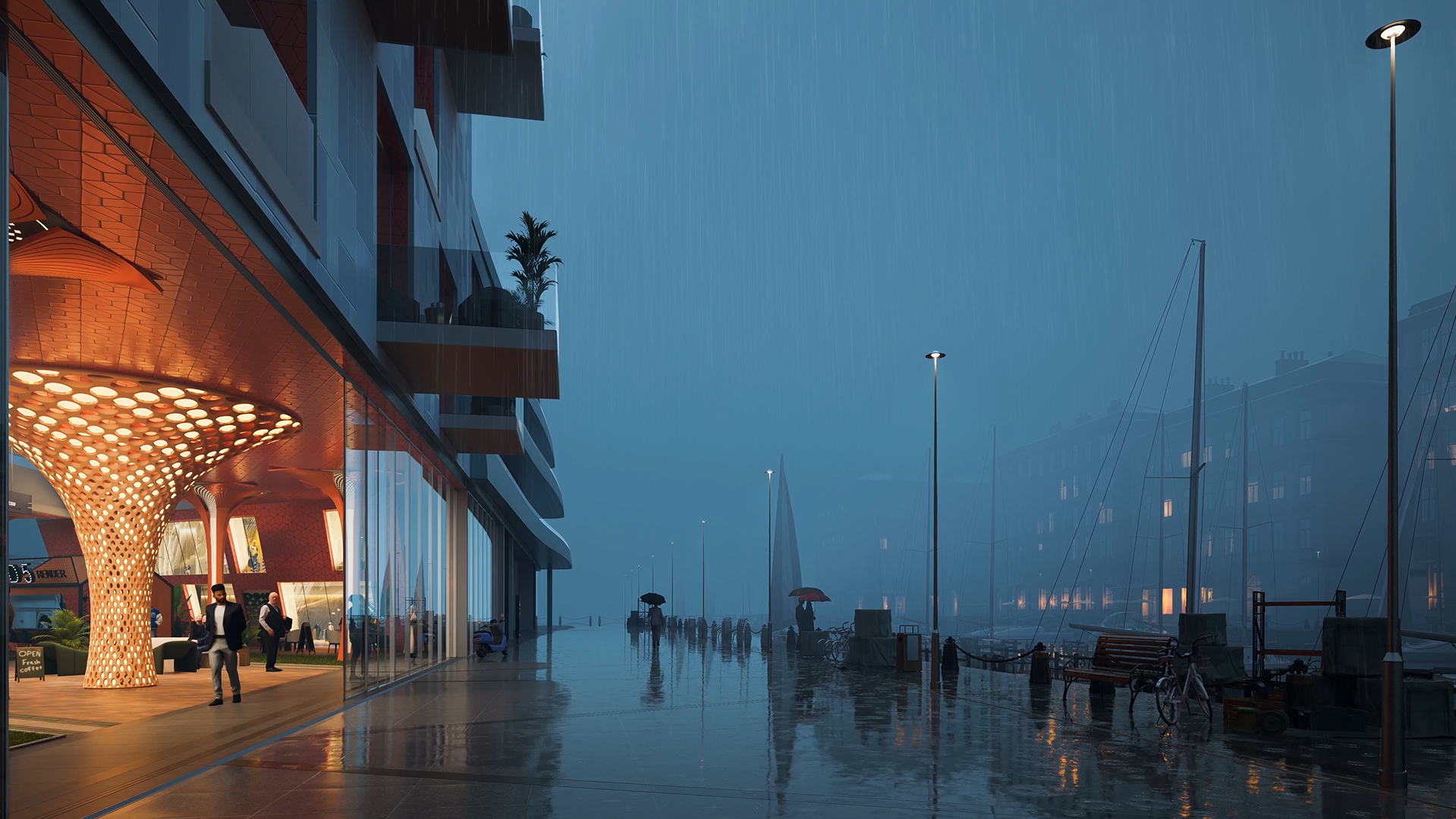
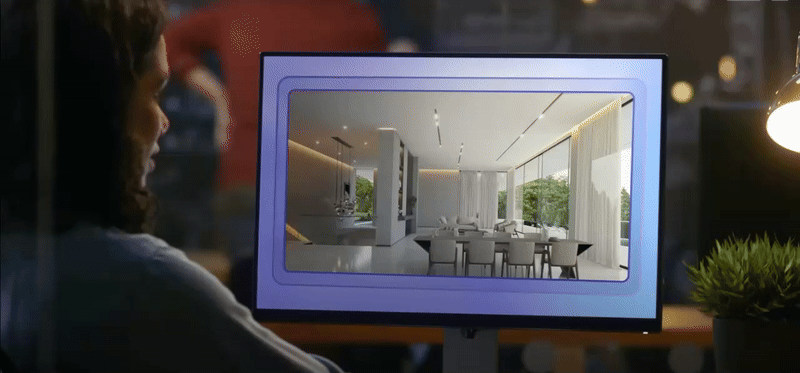






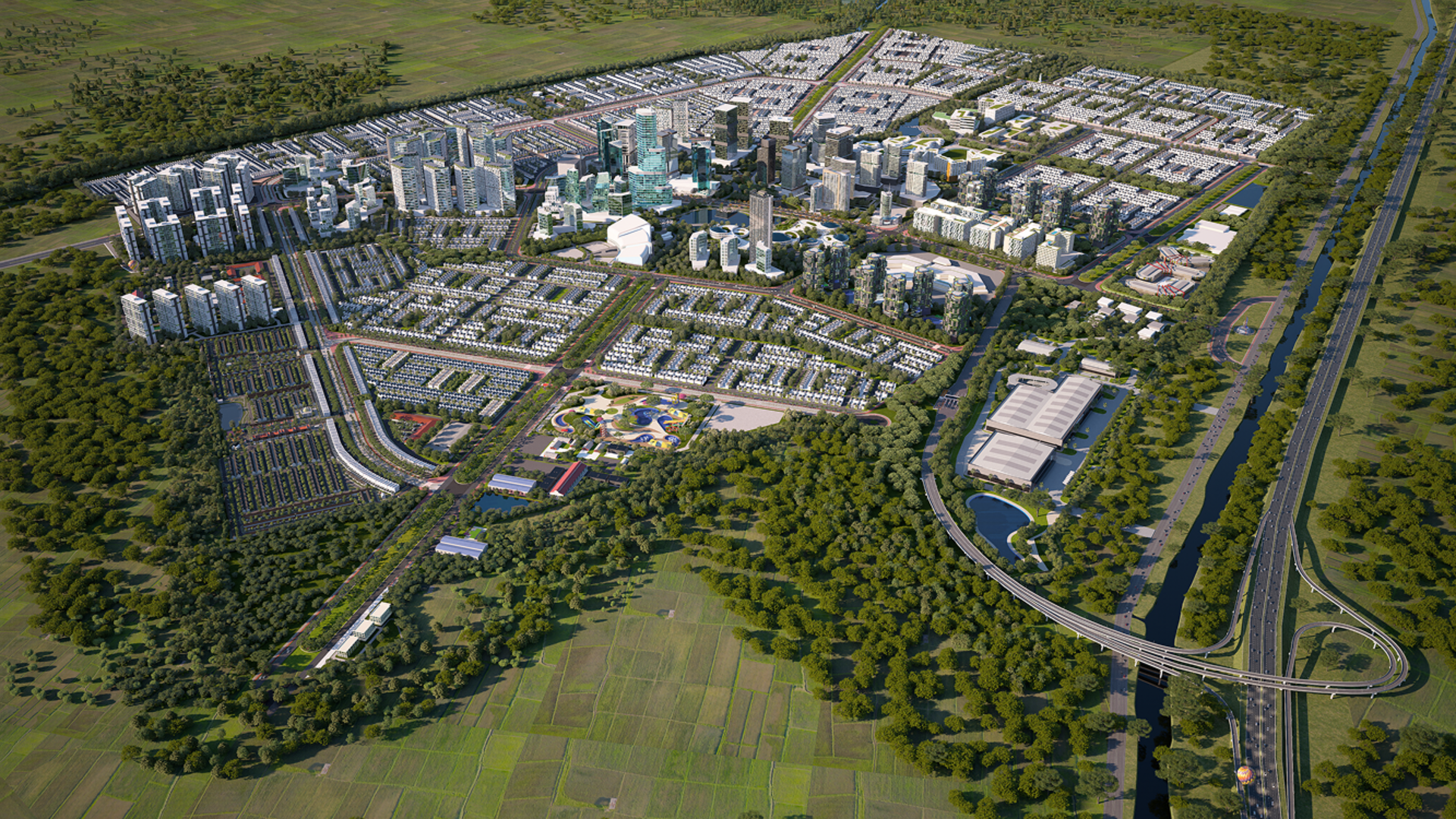

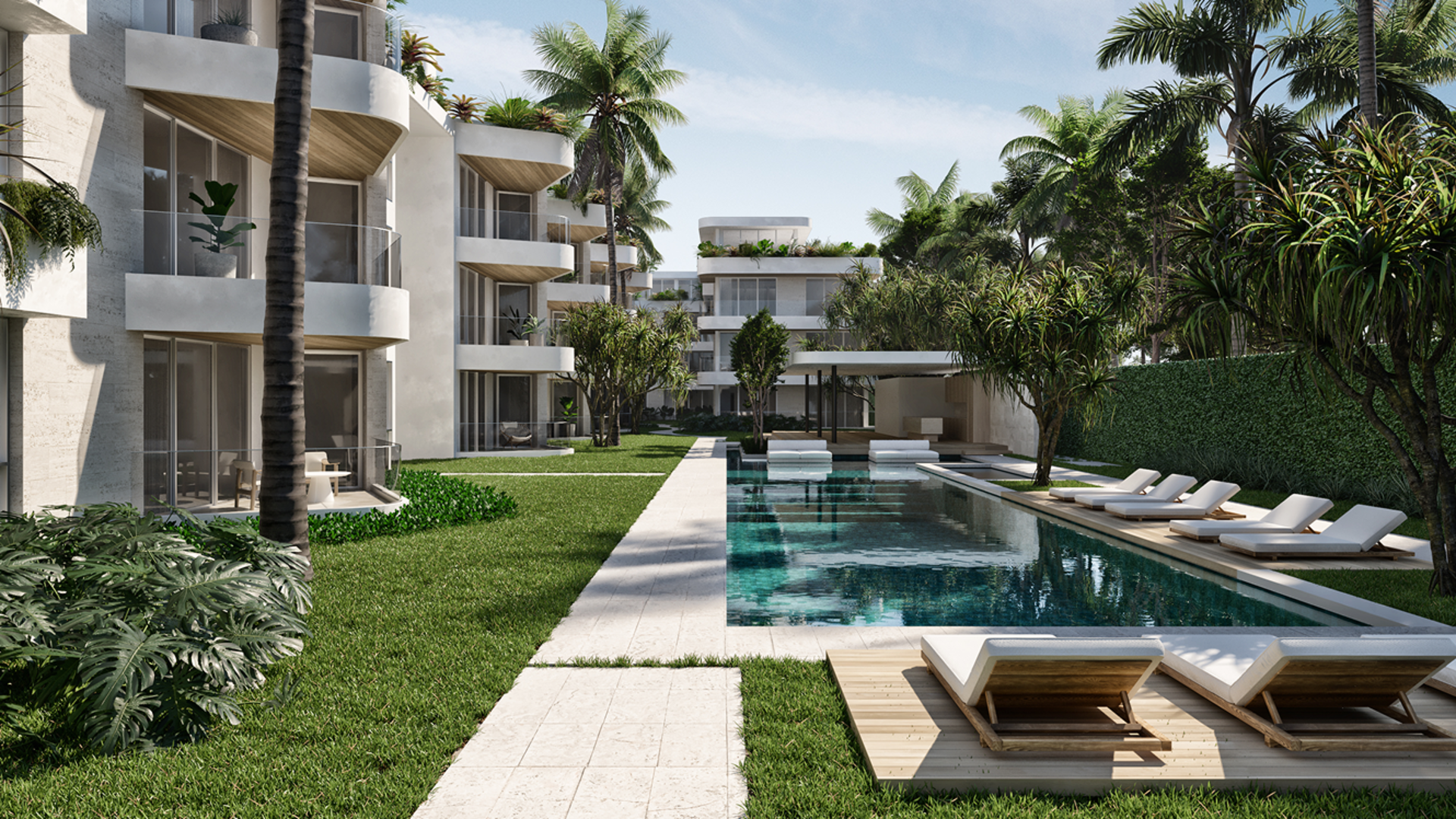






.png)










